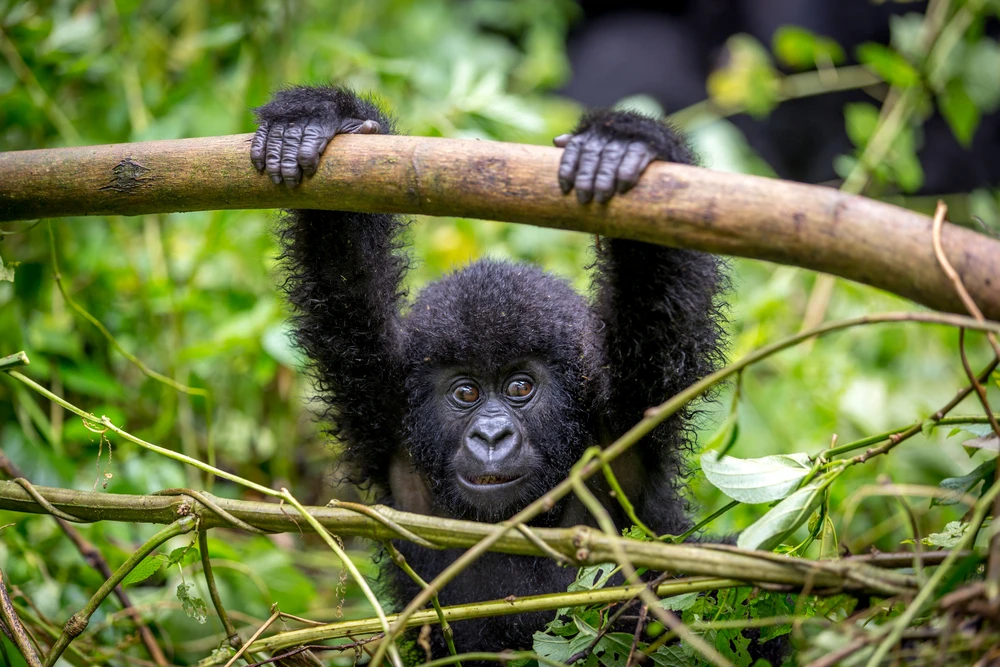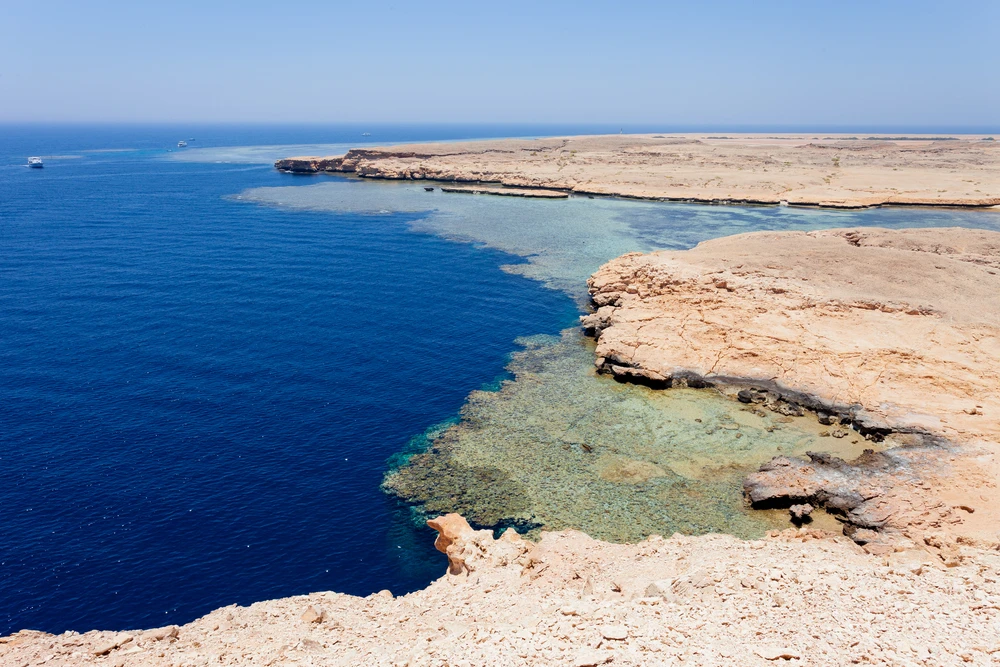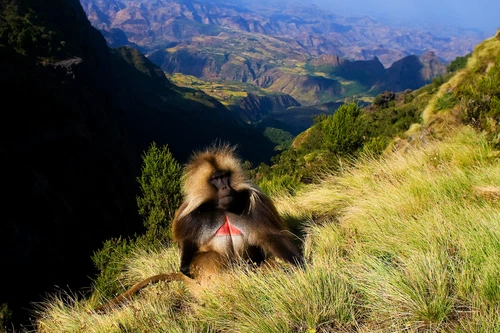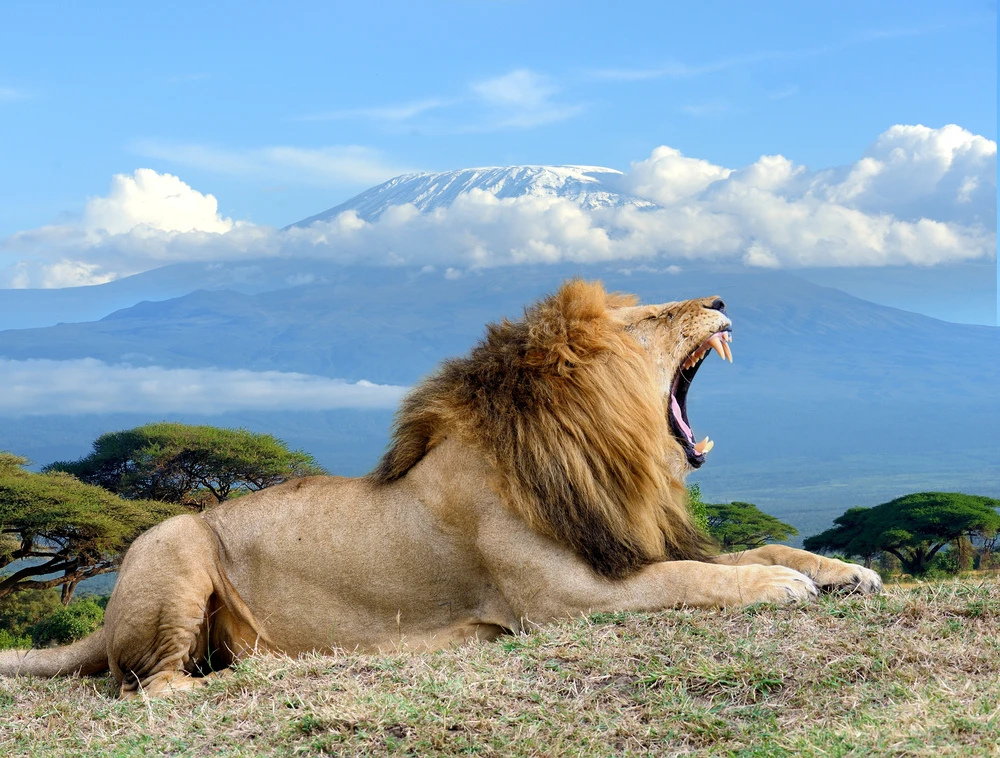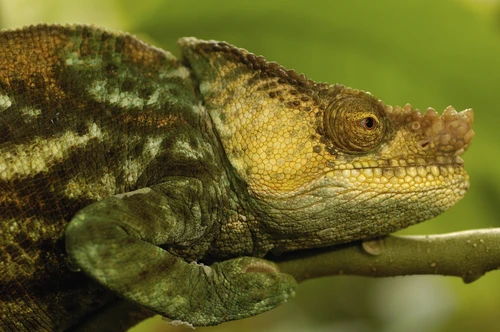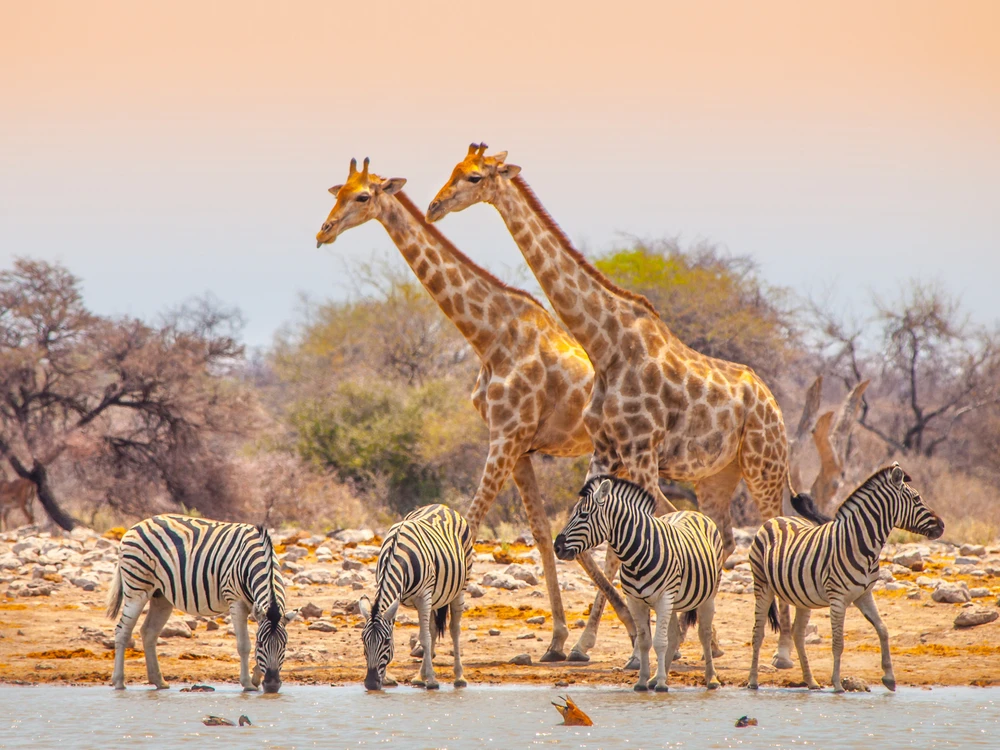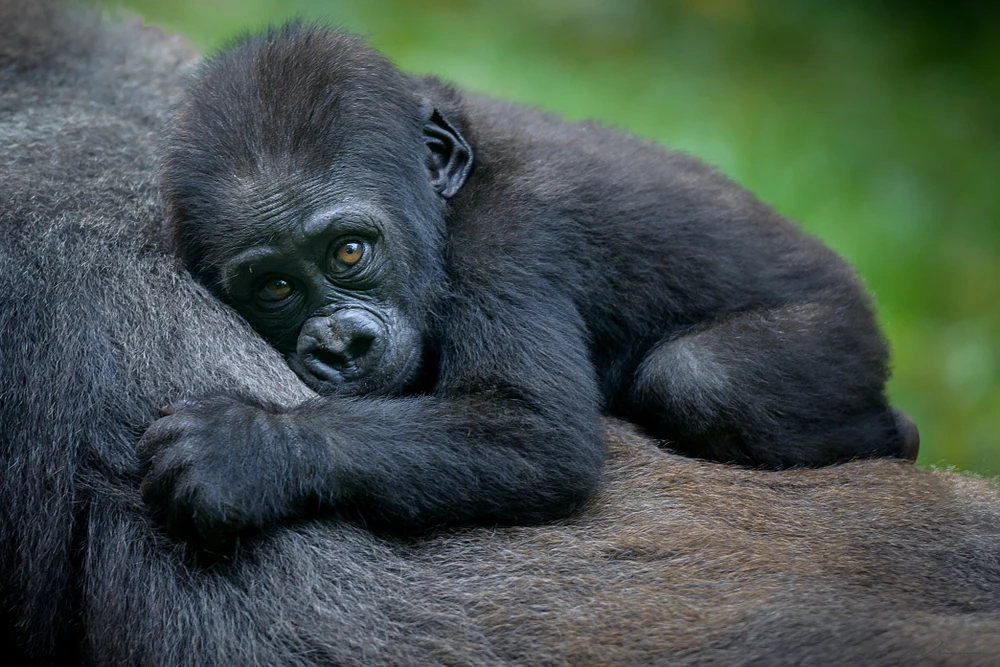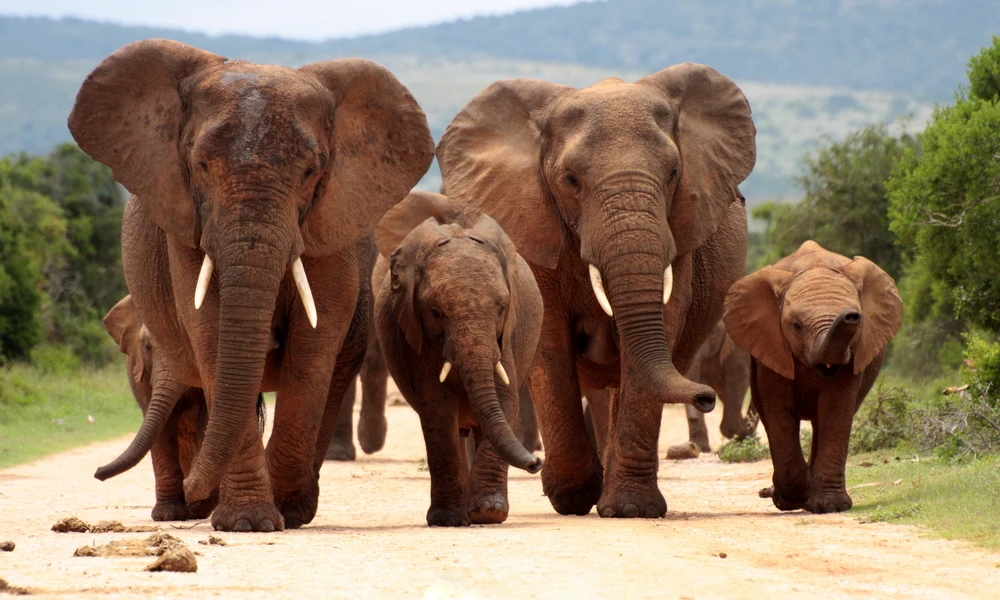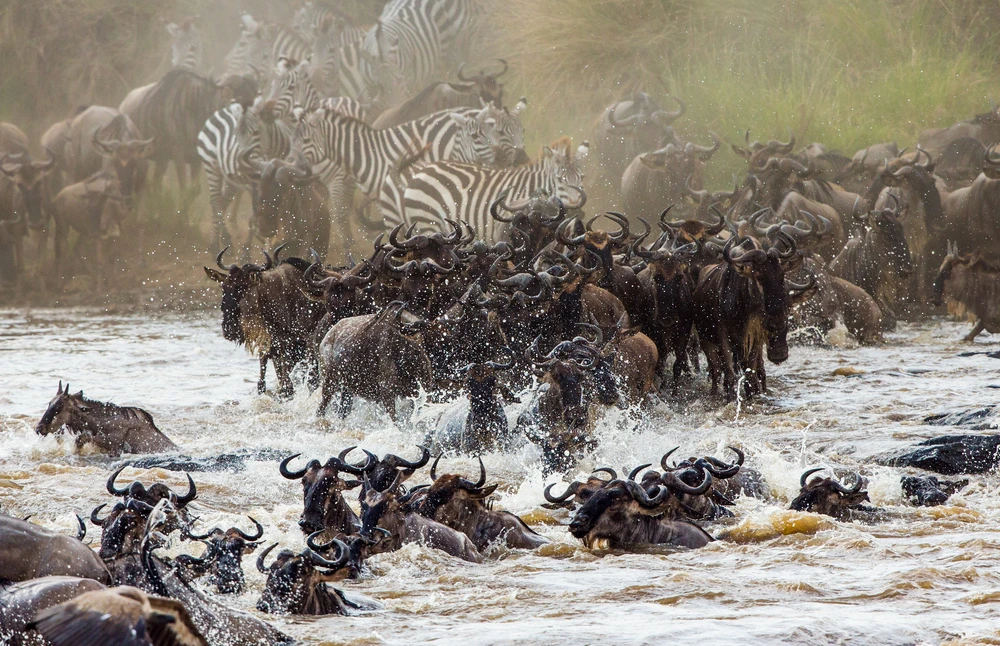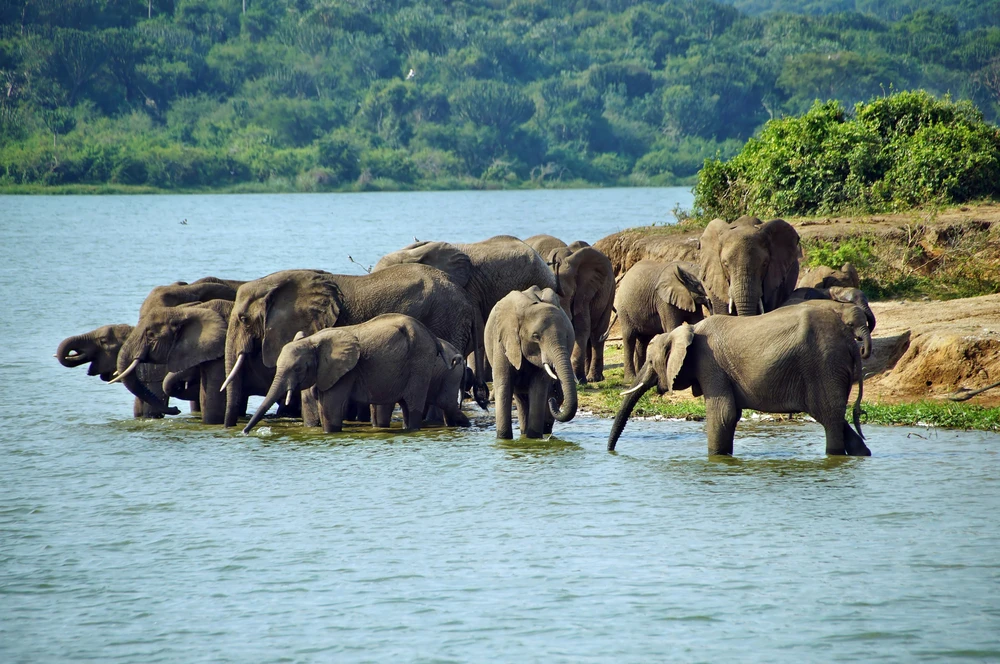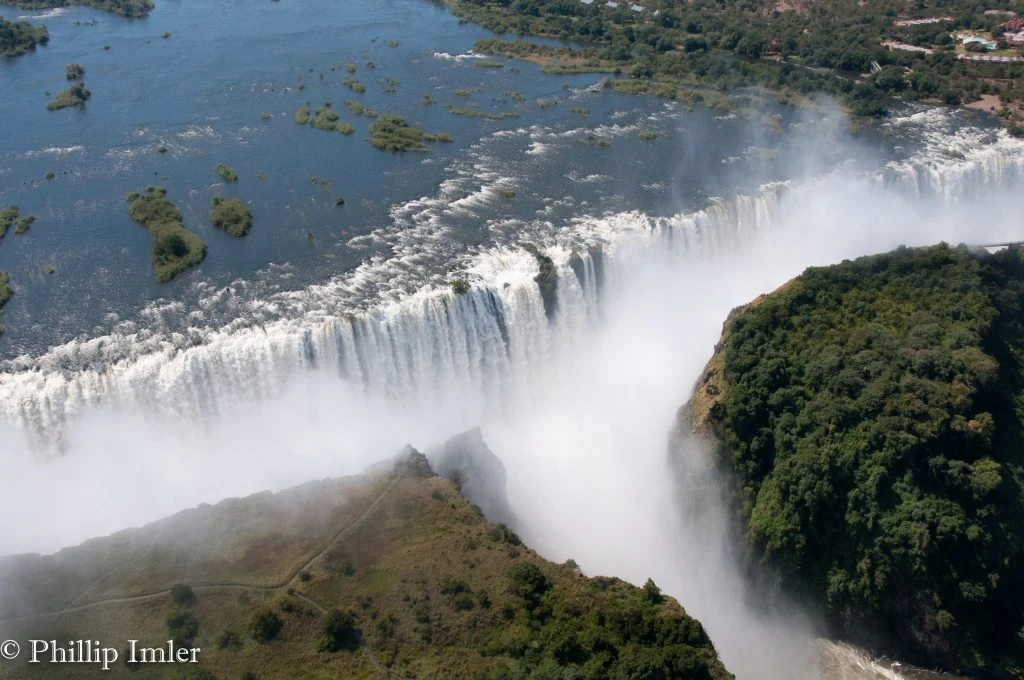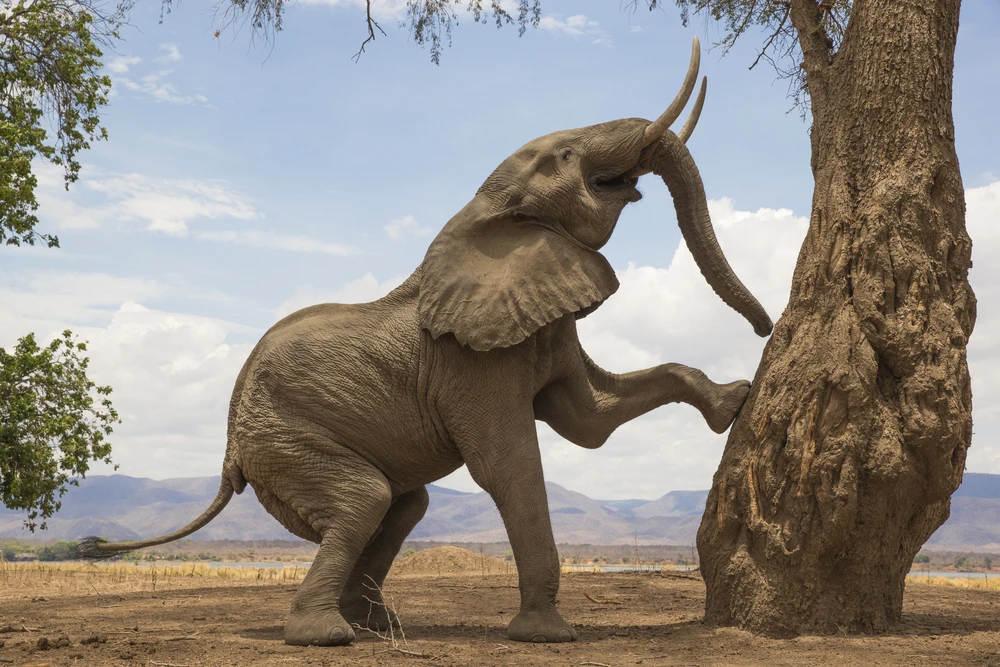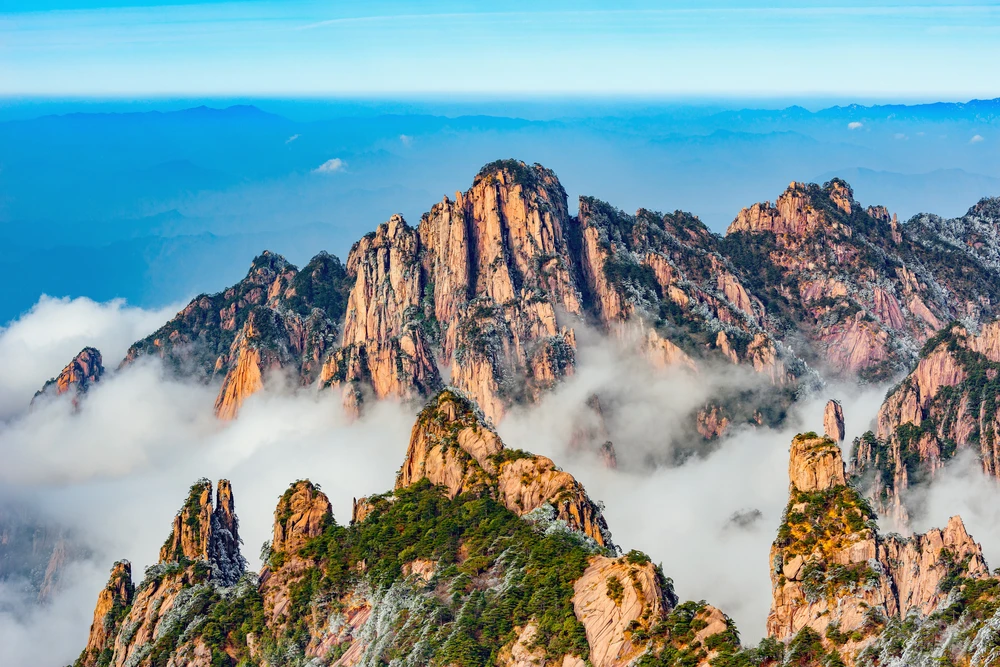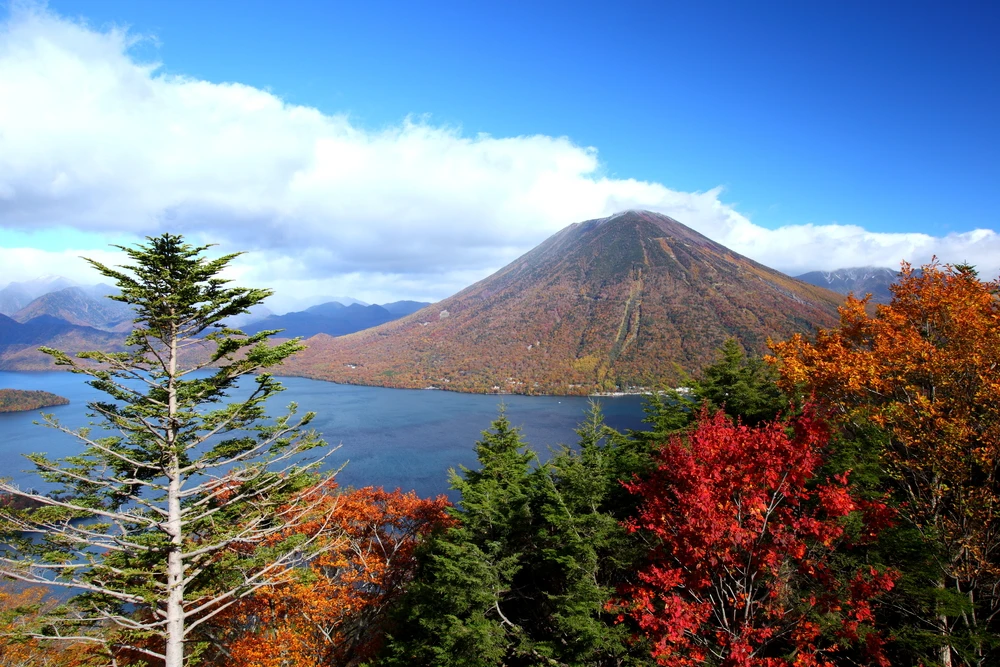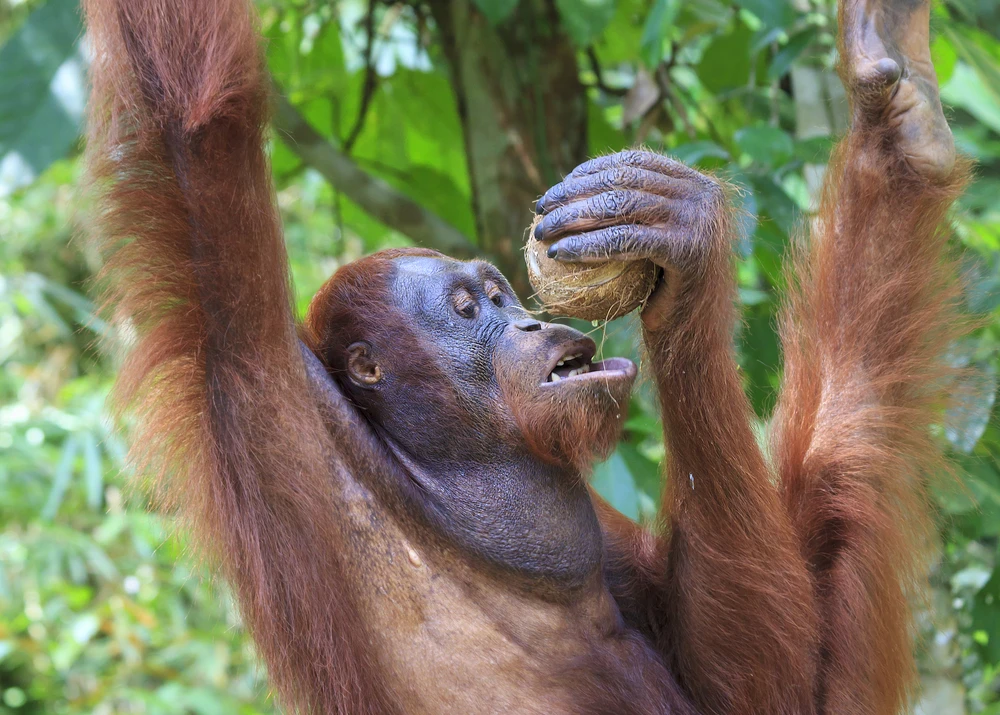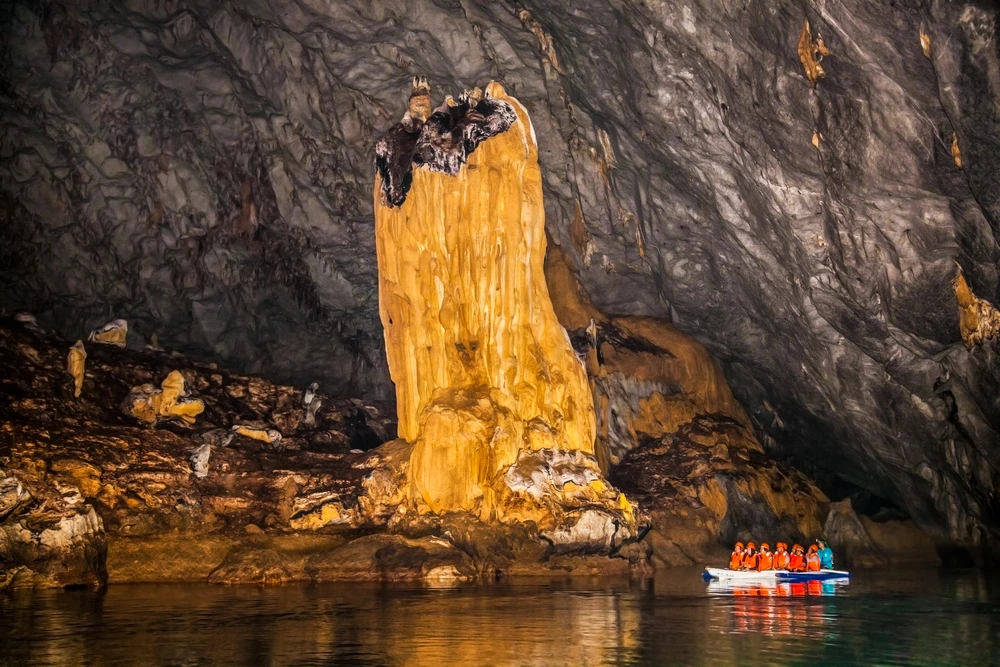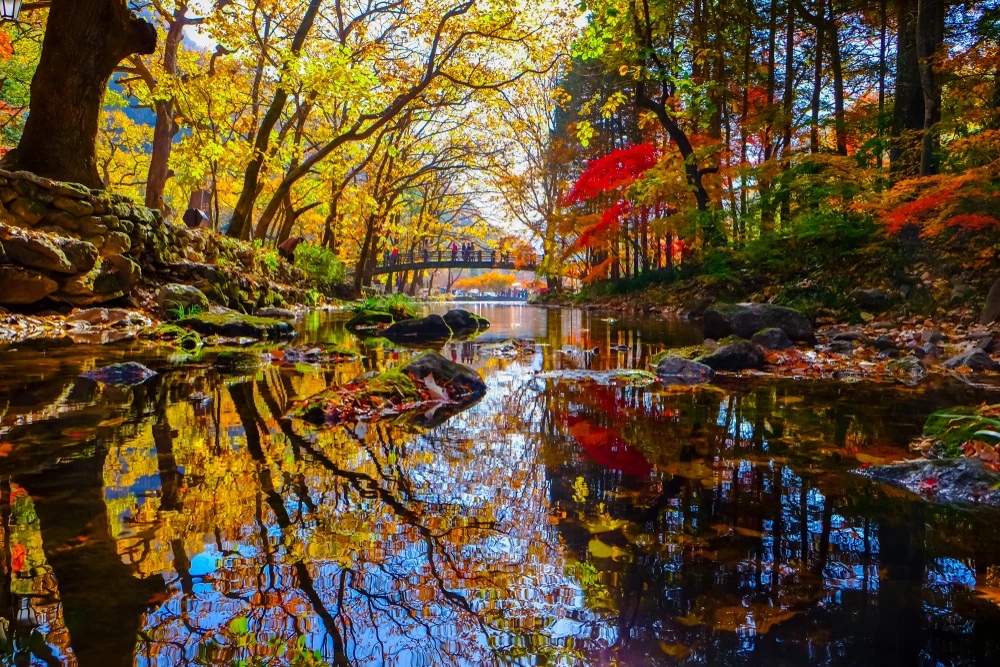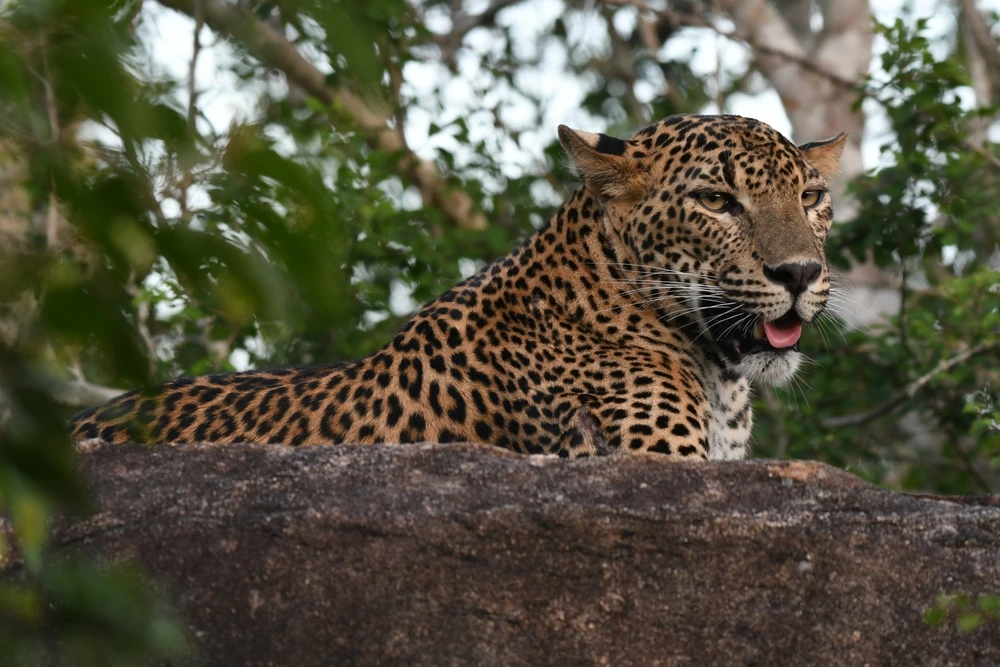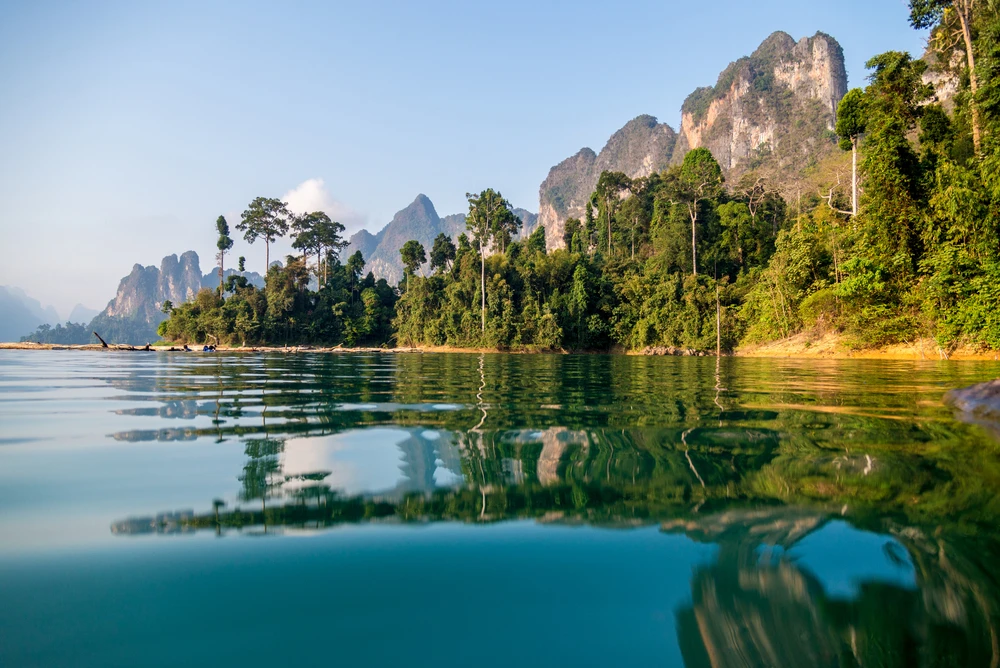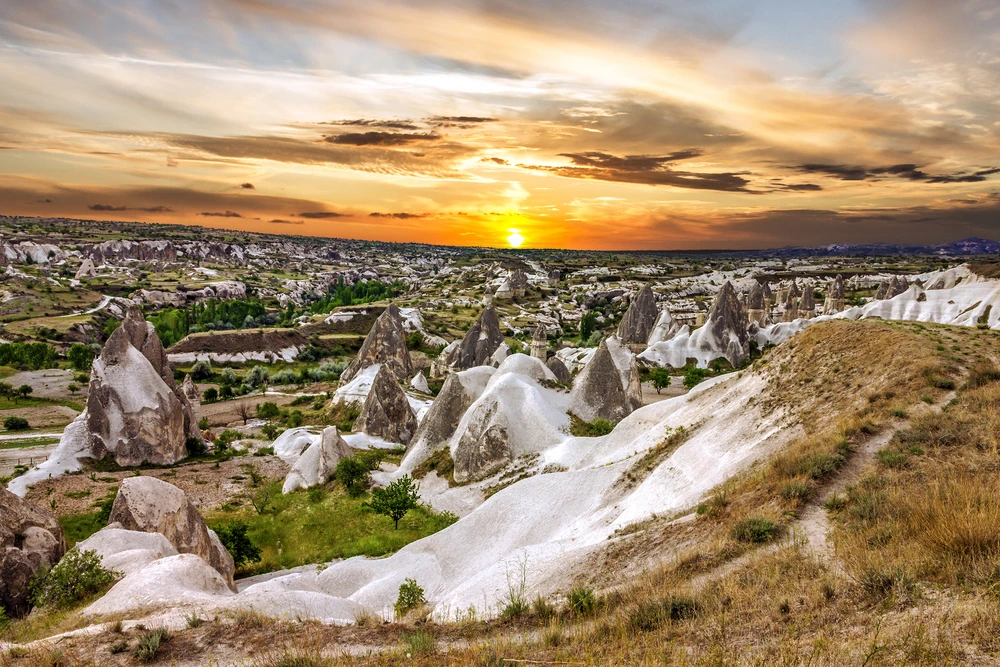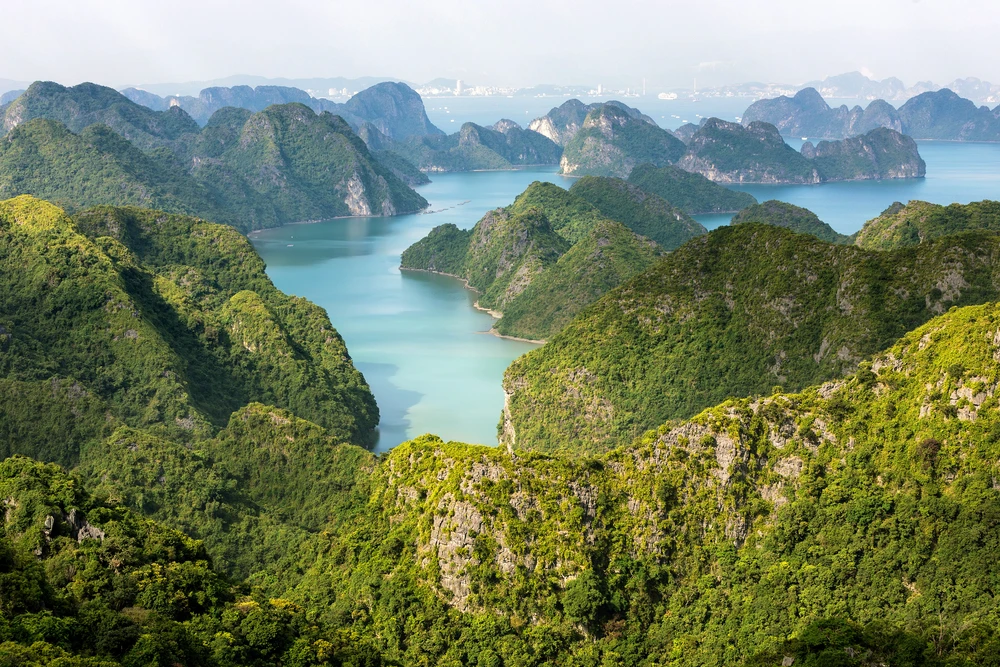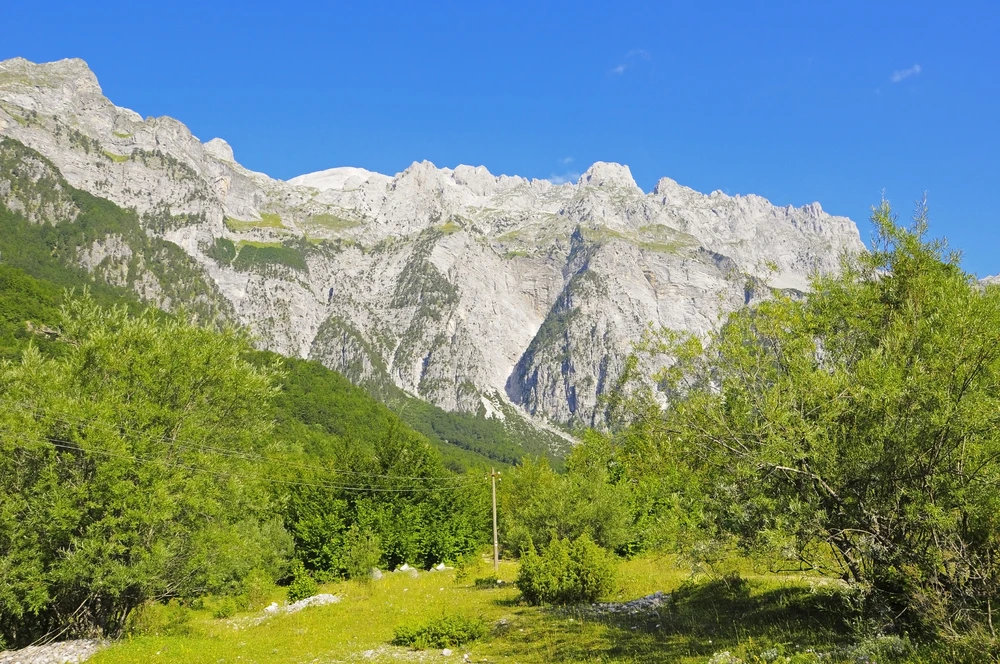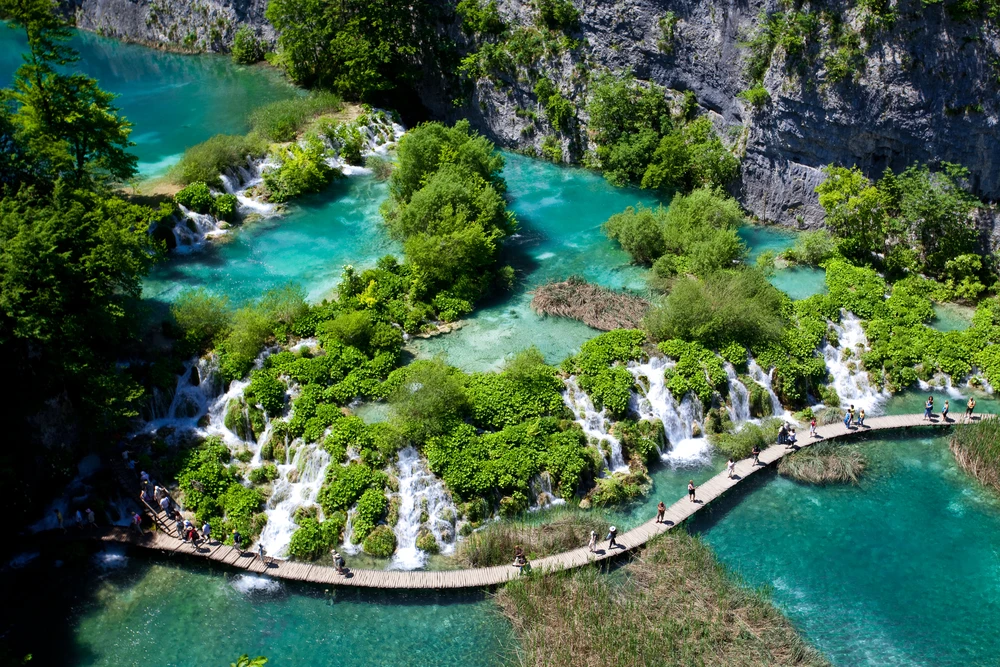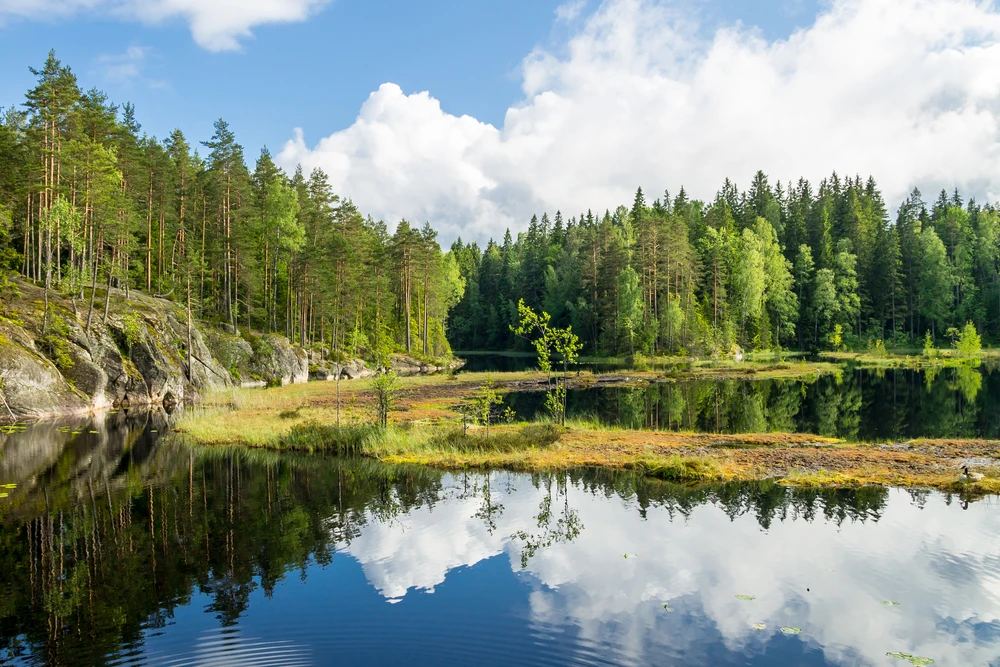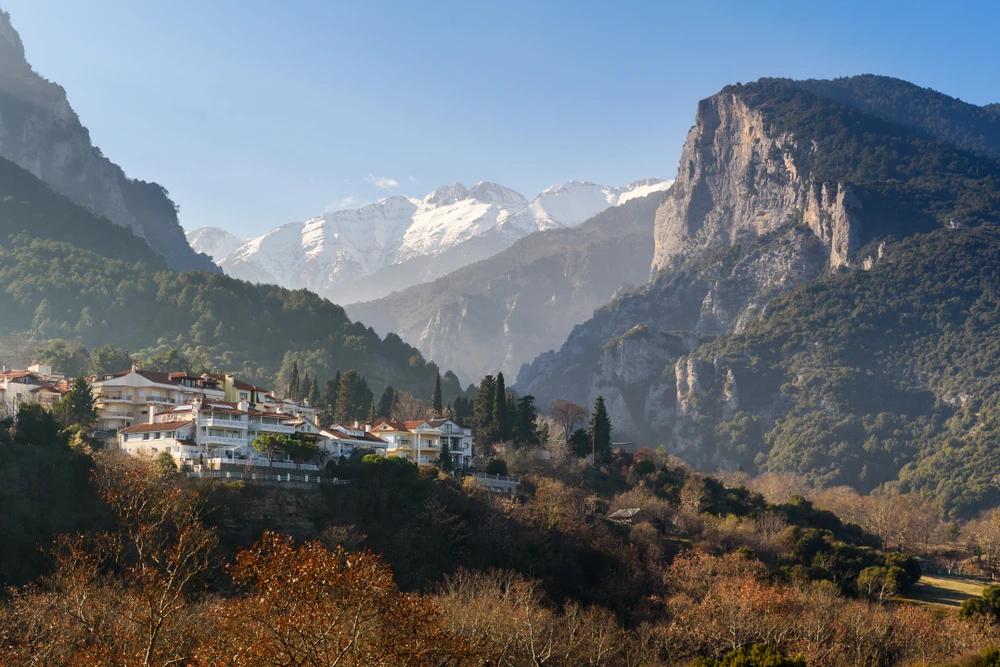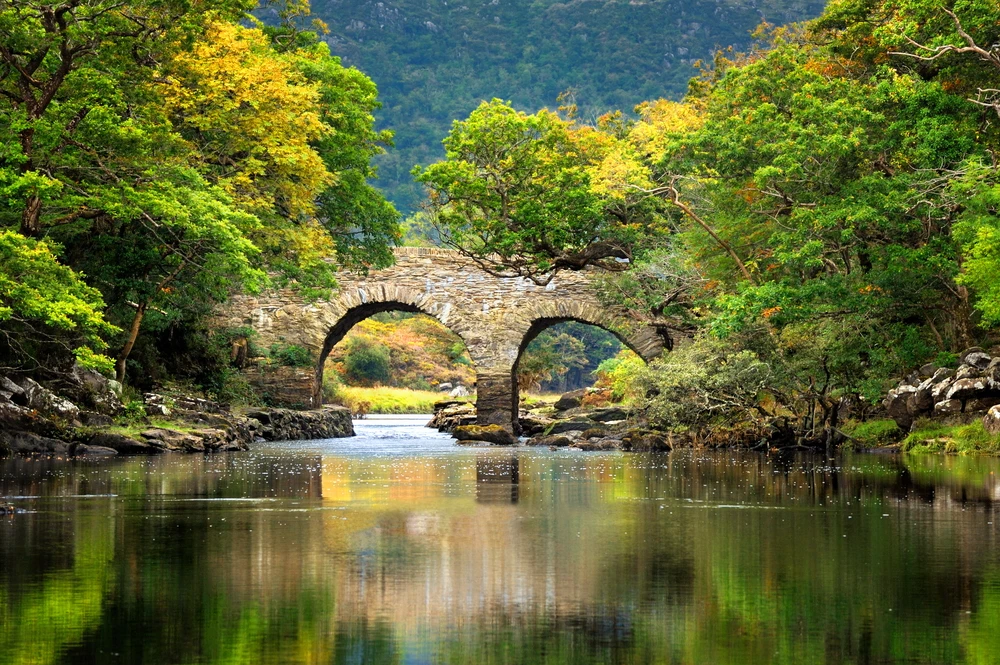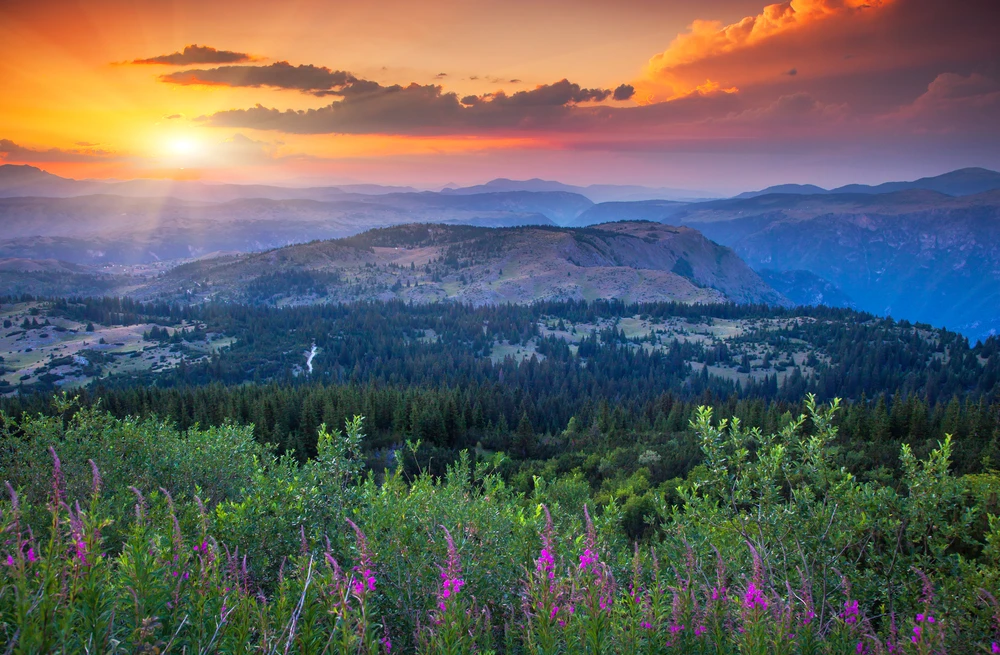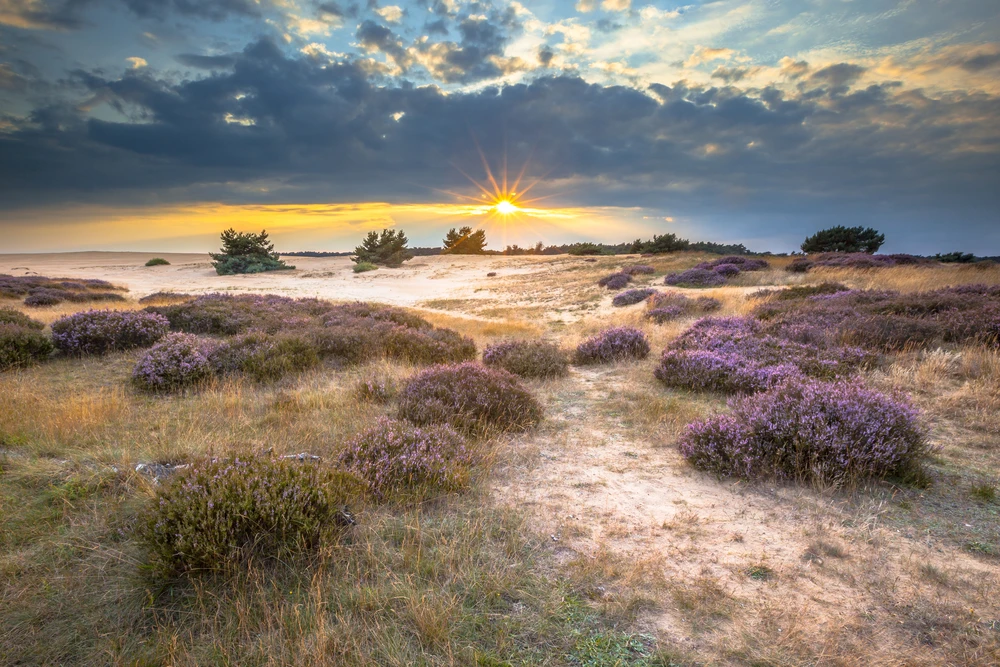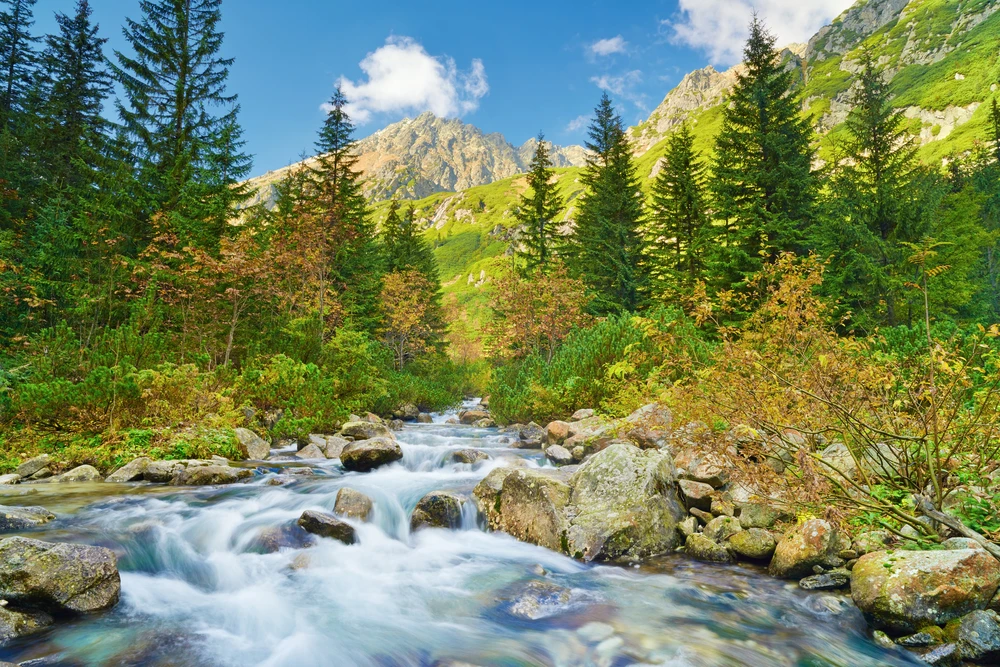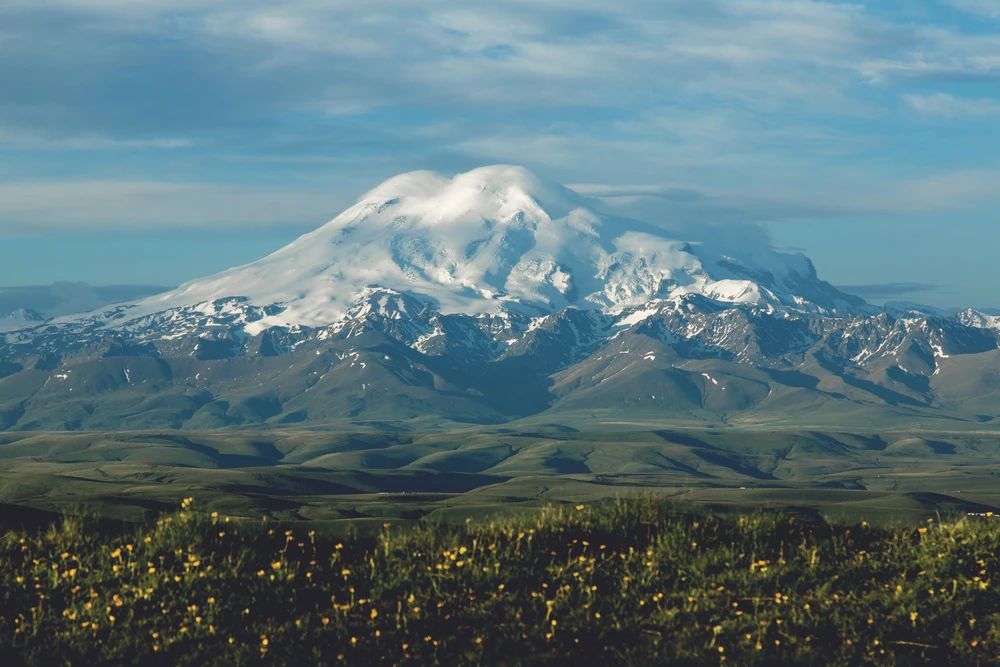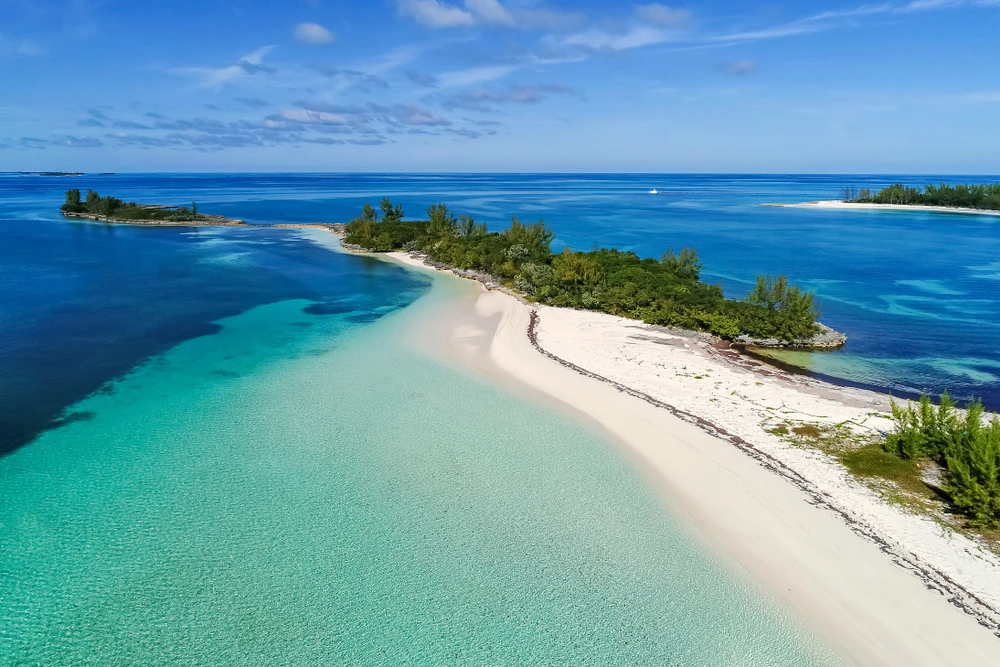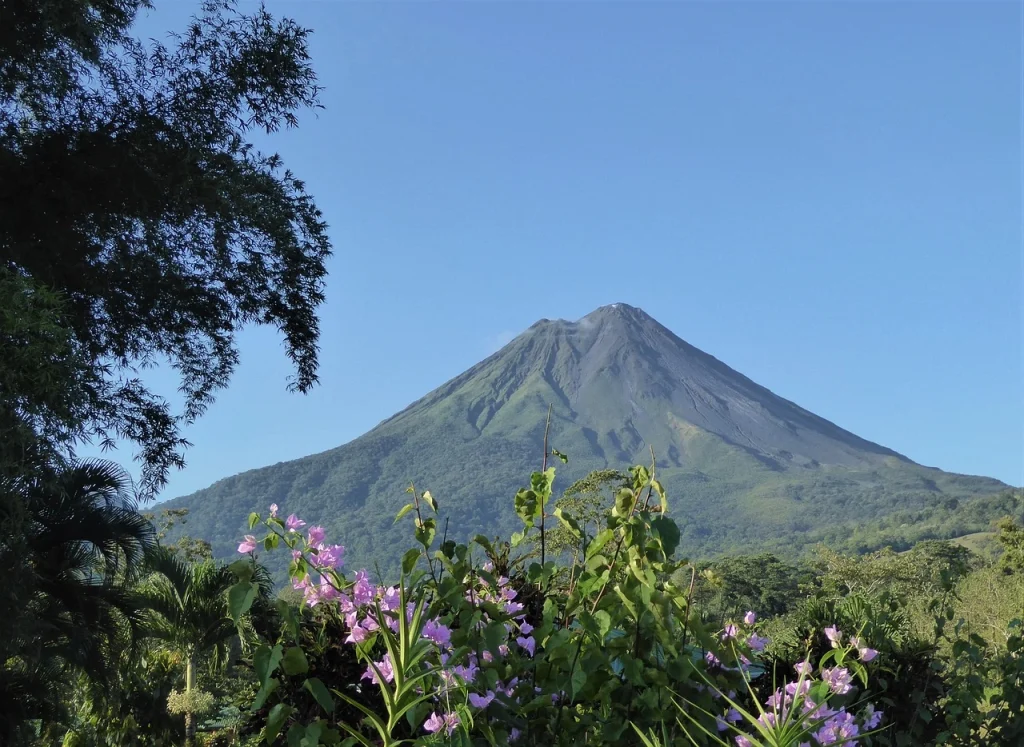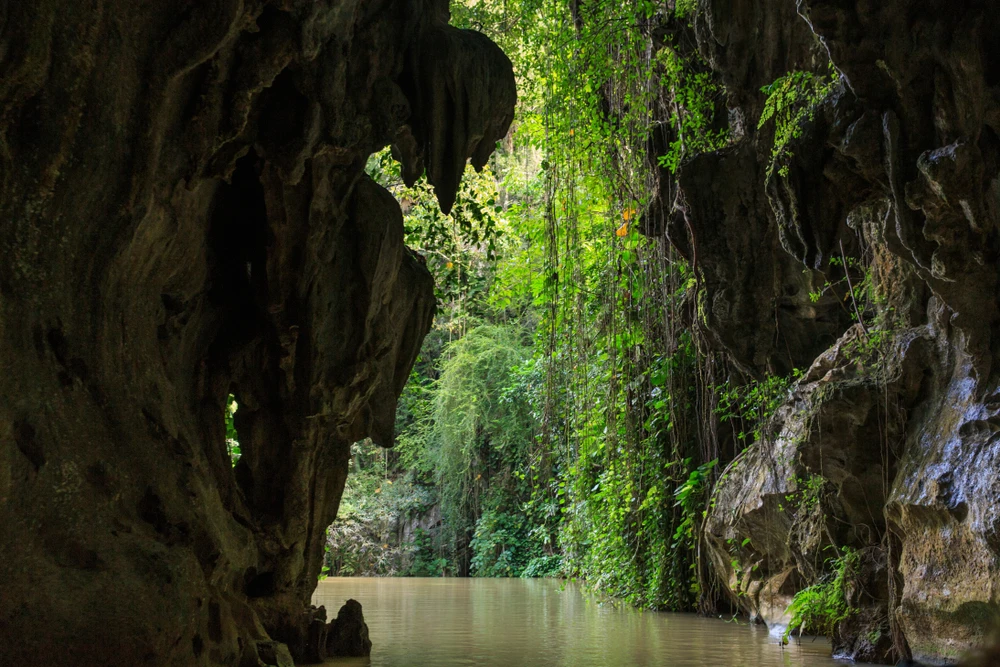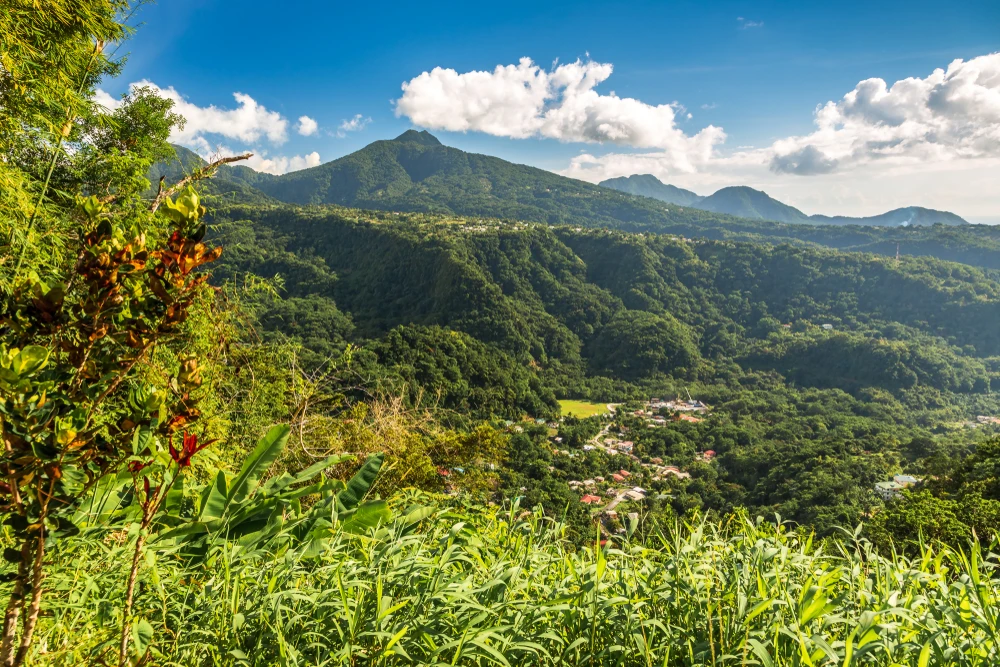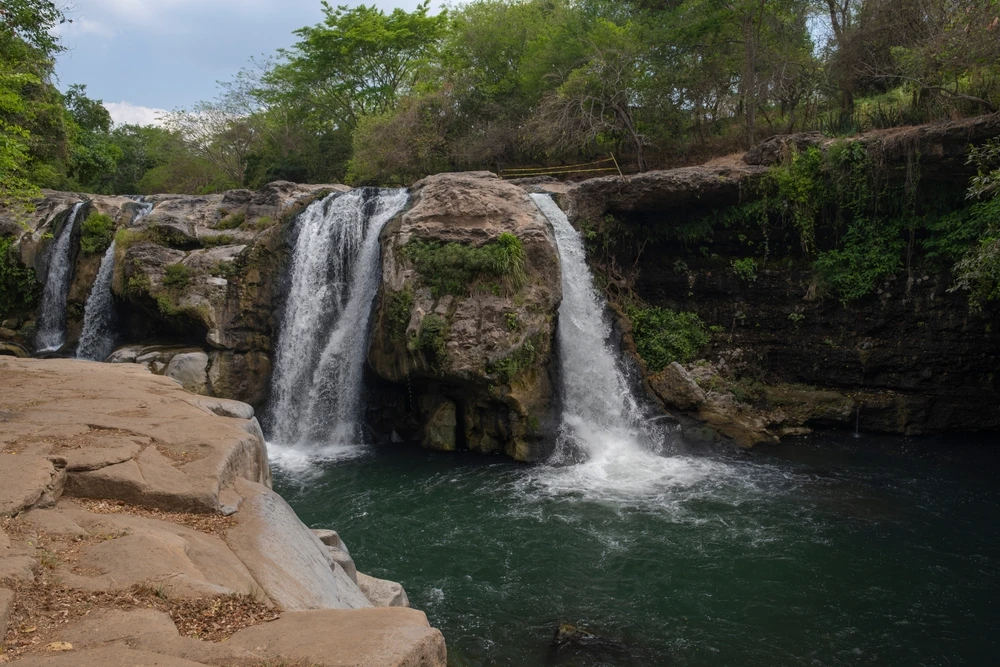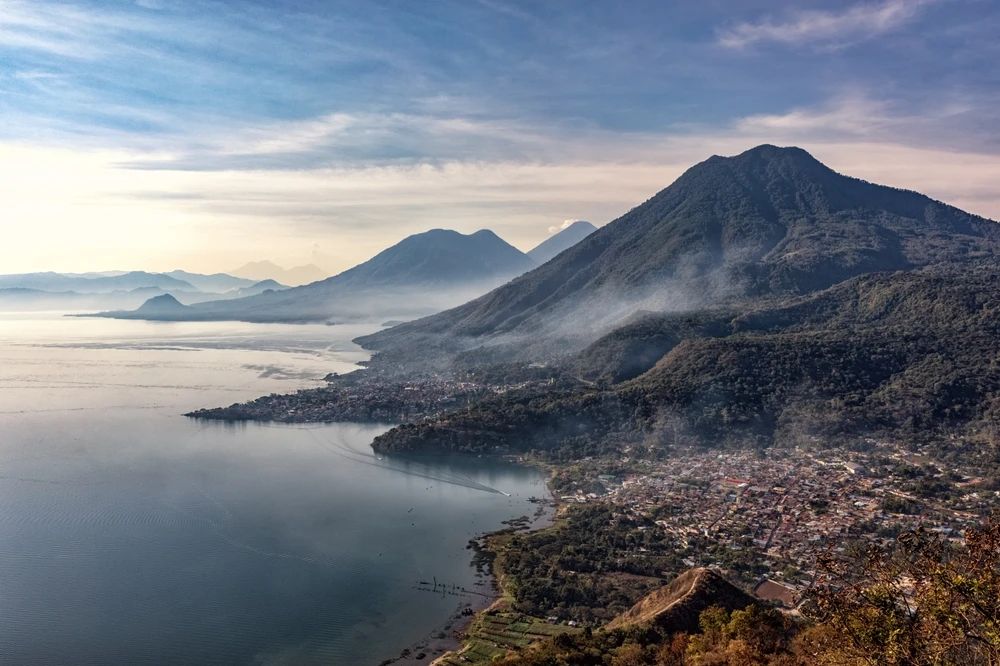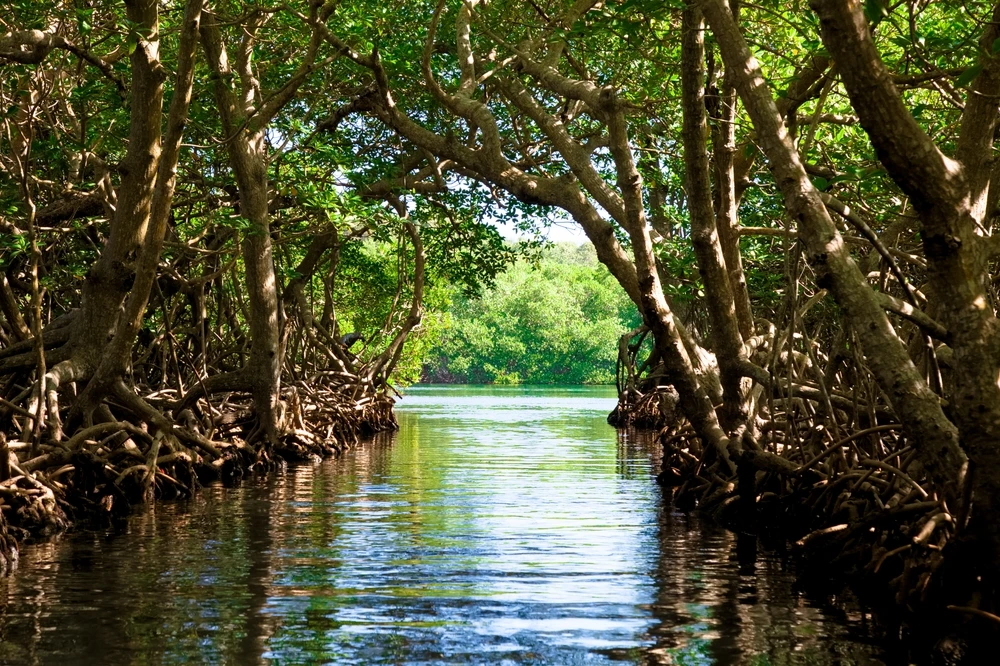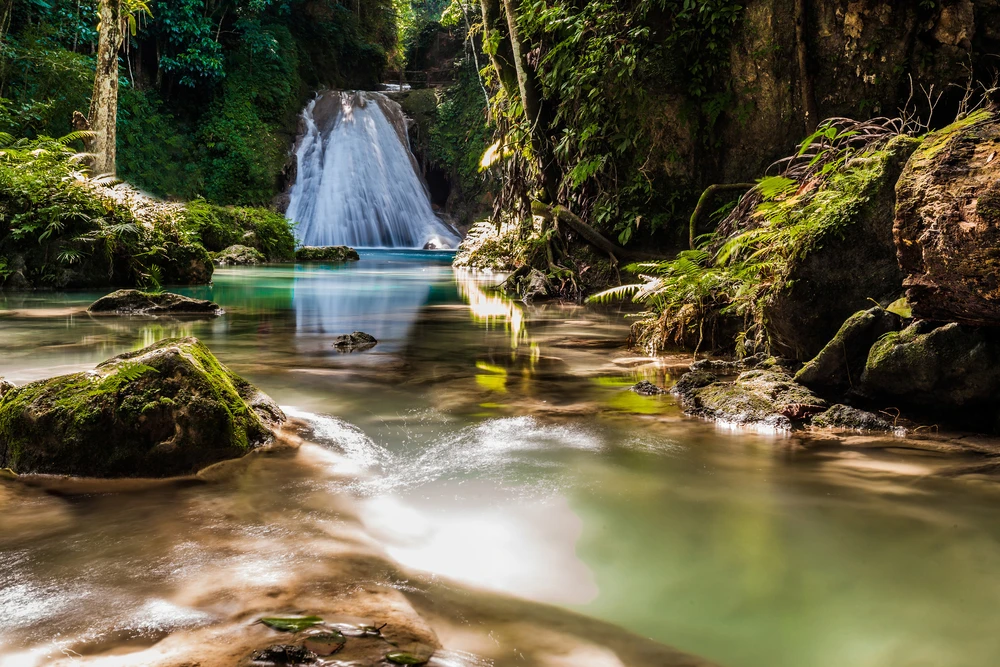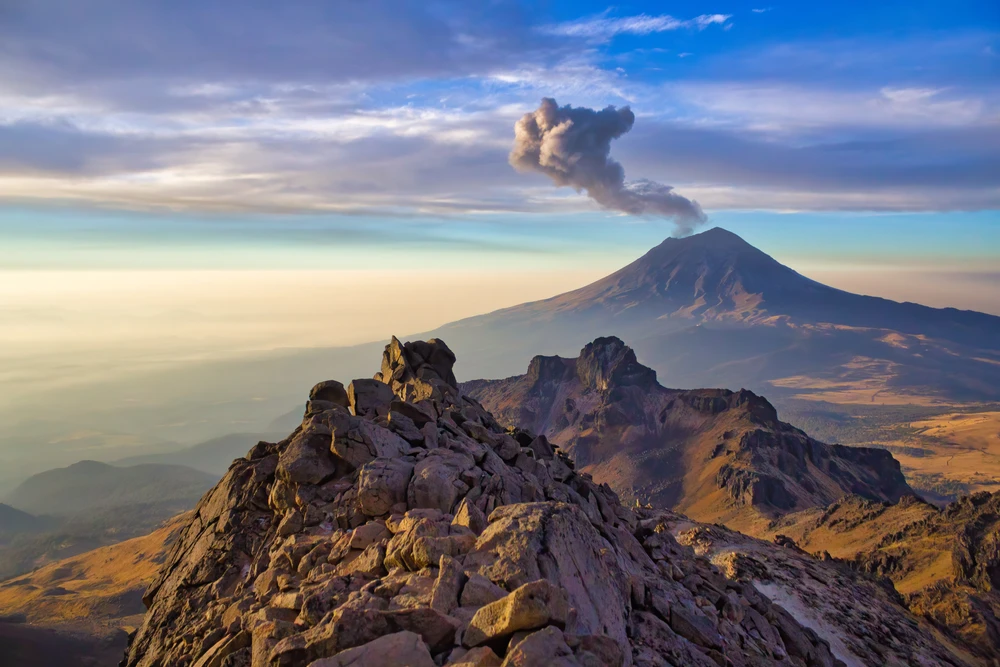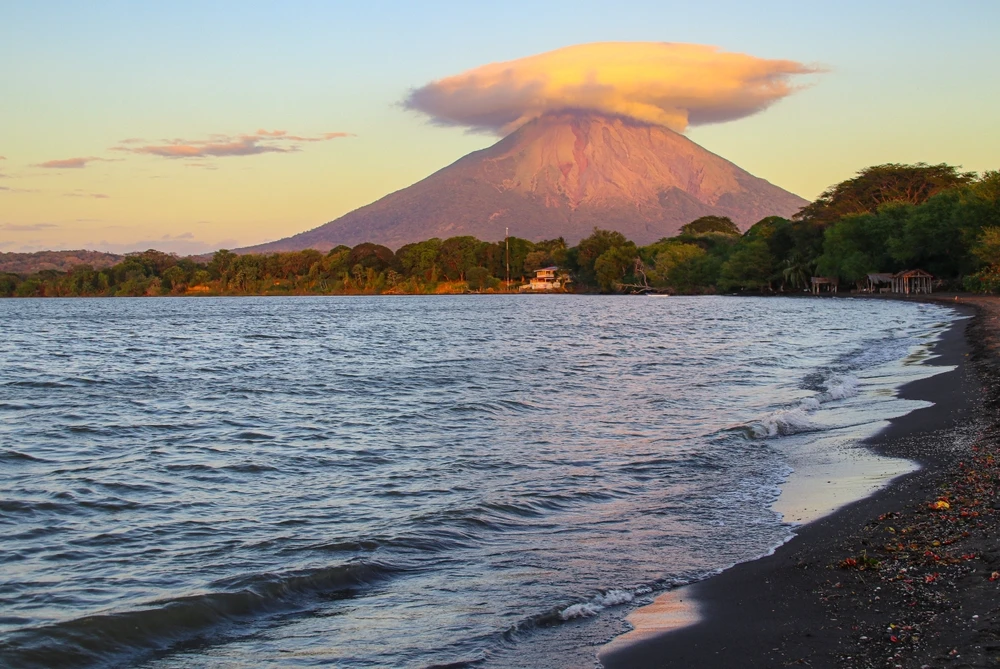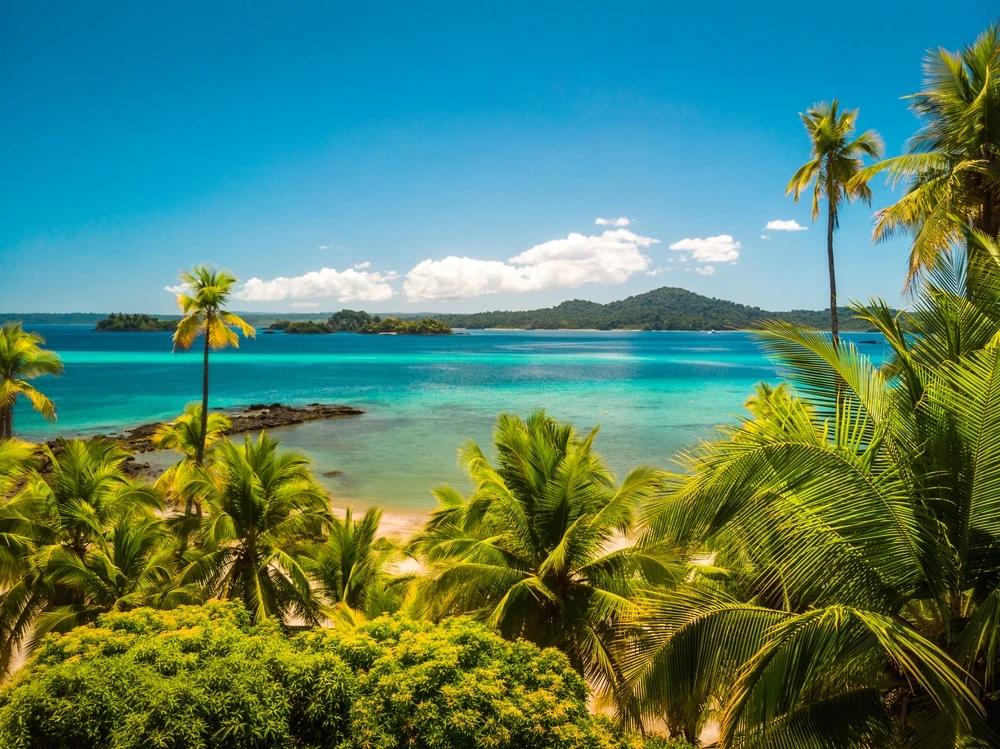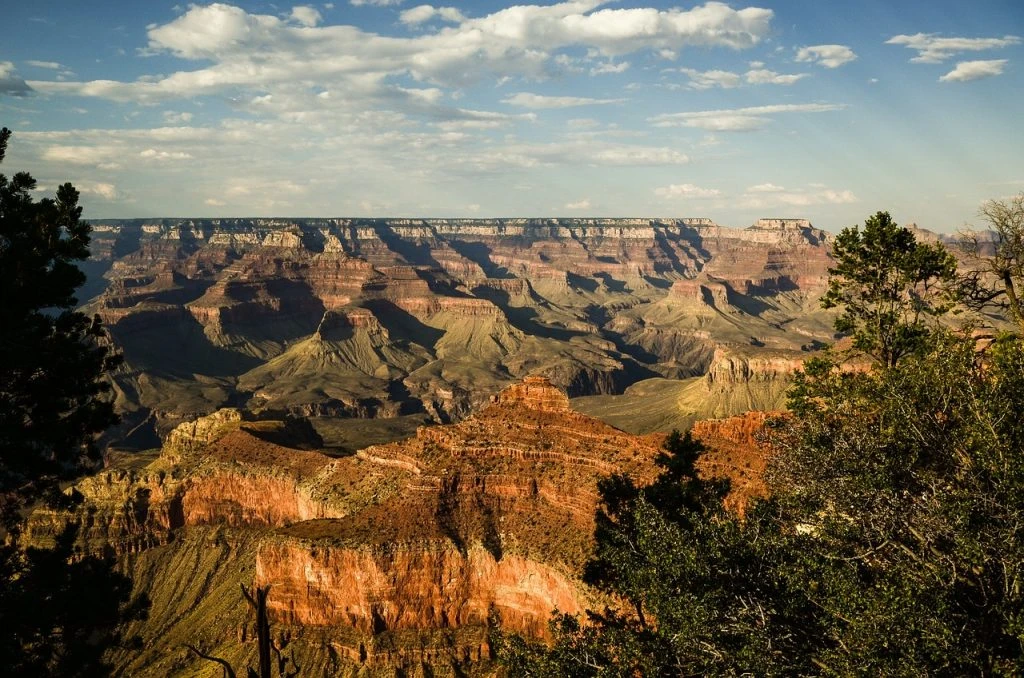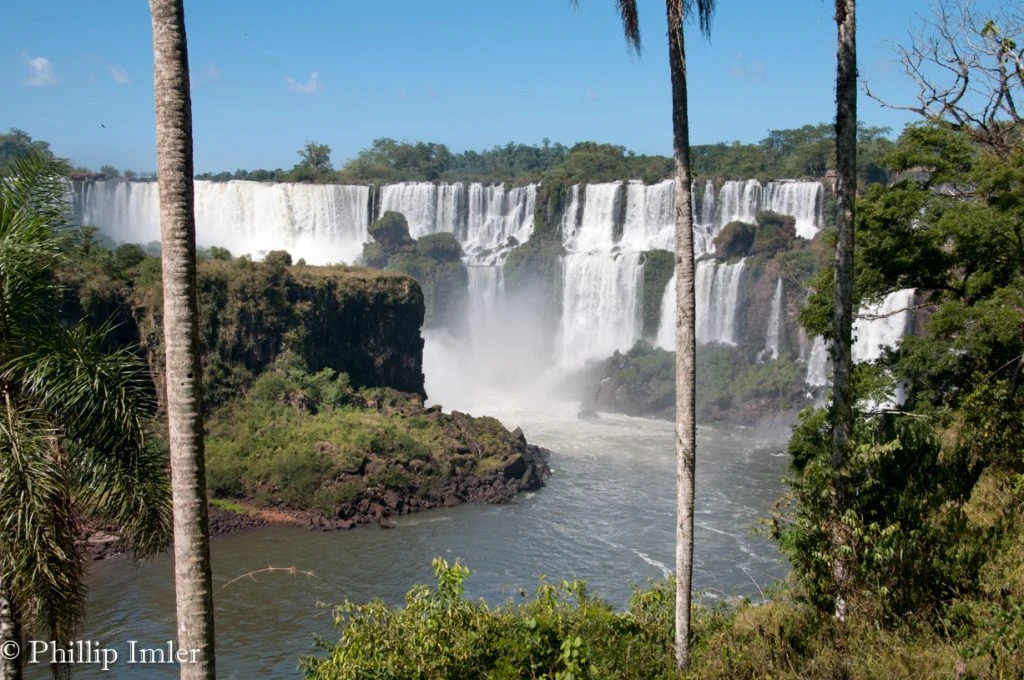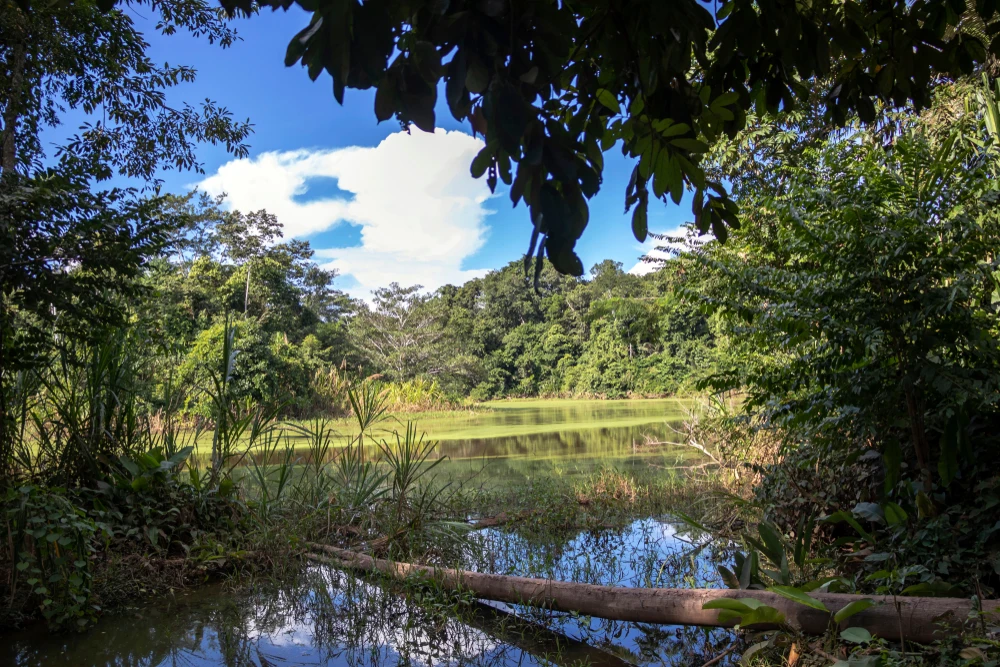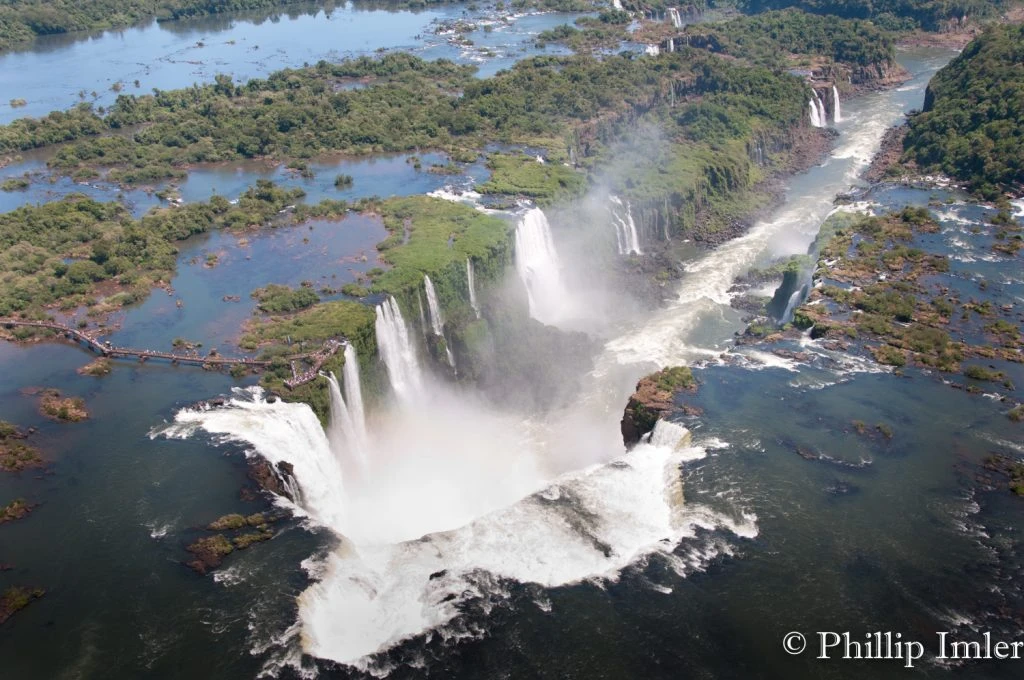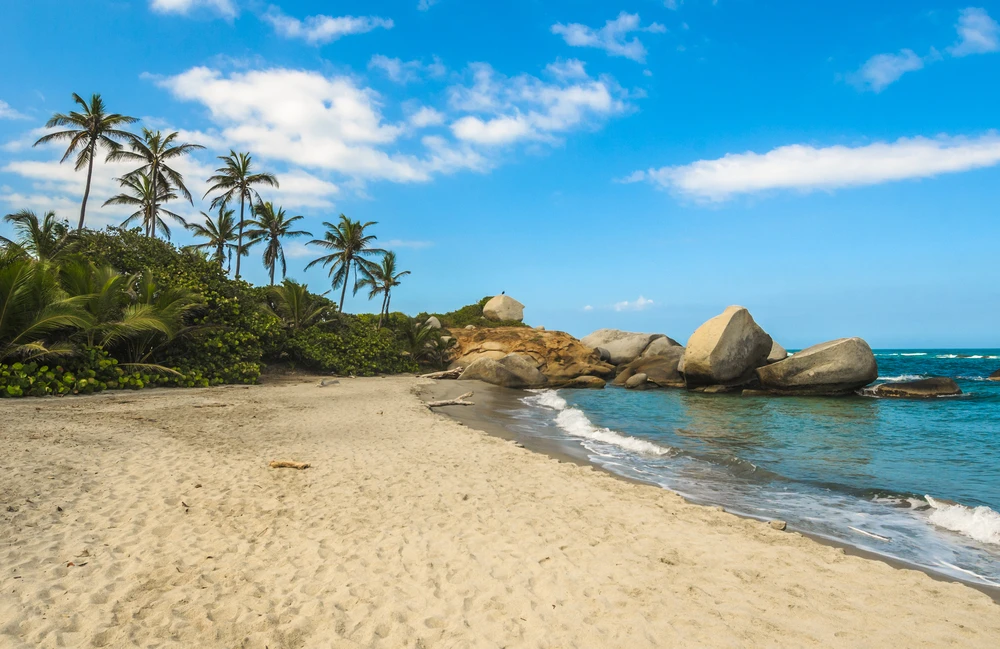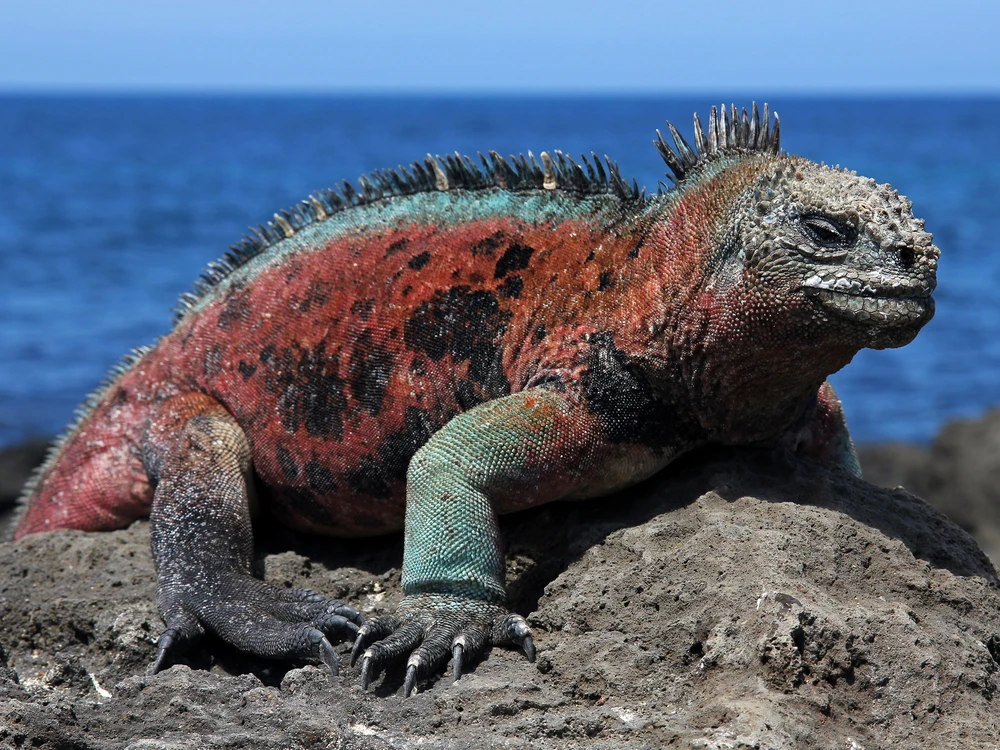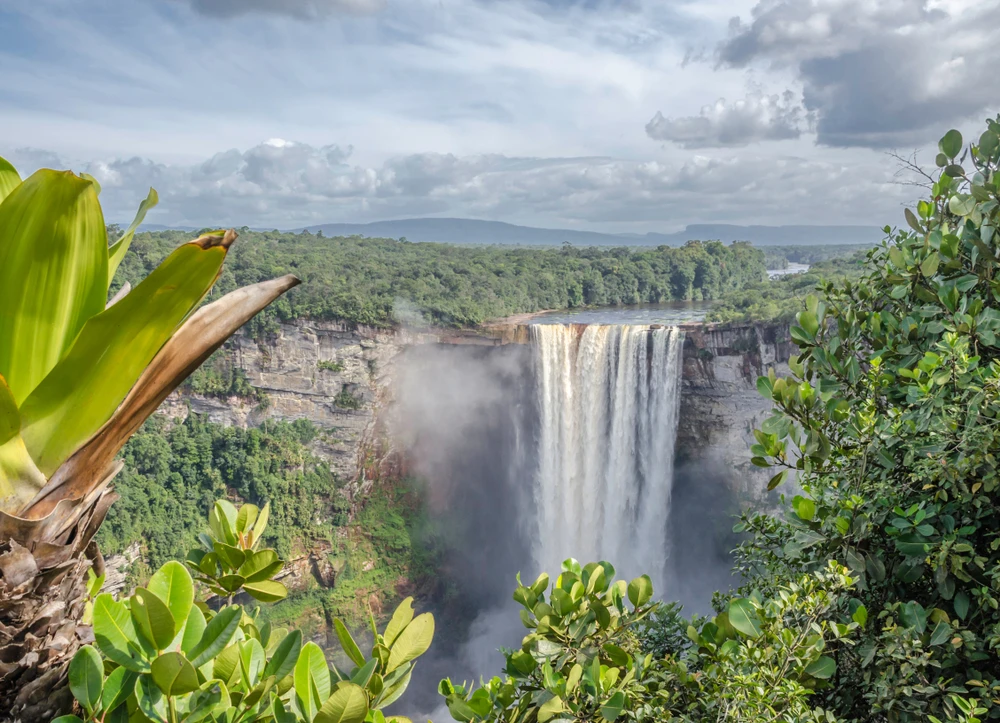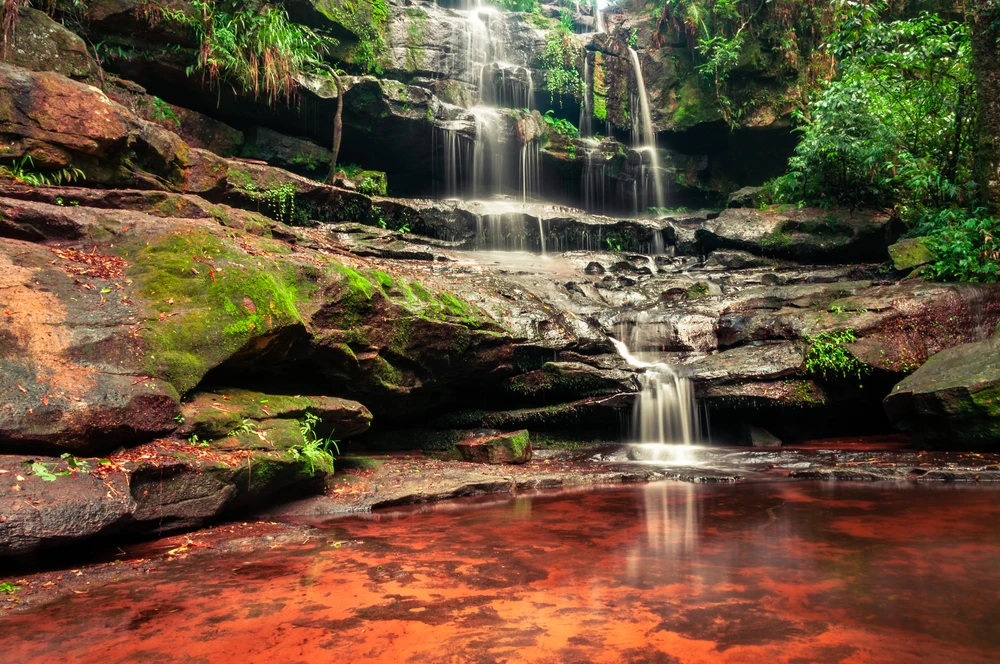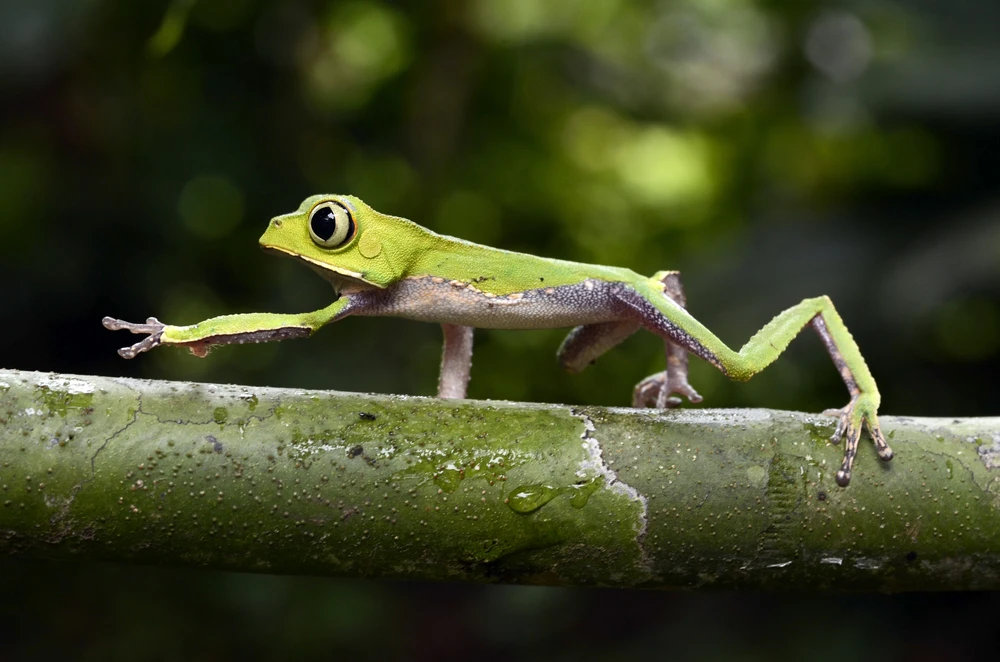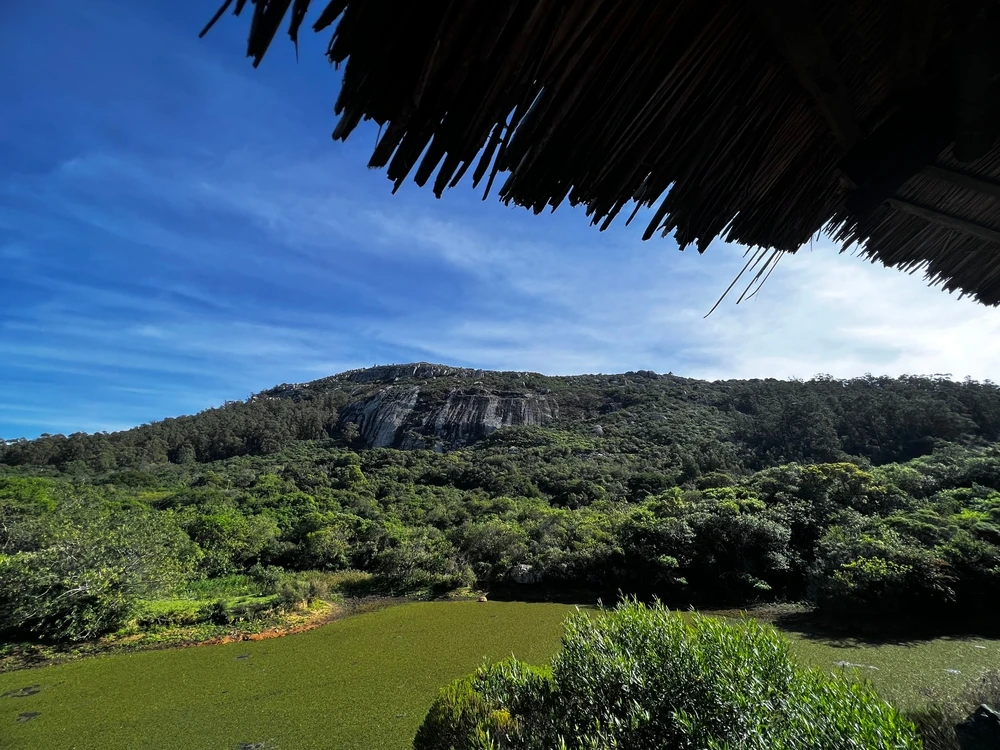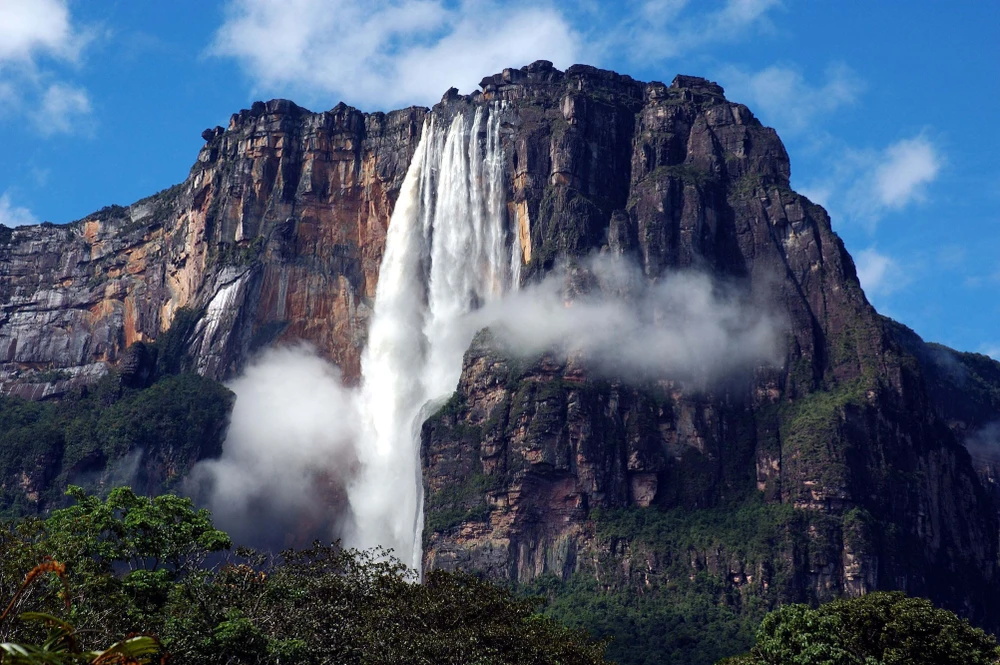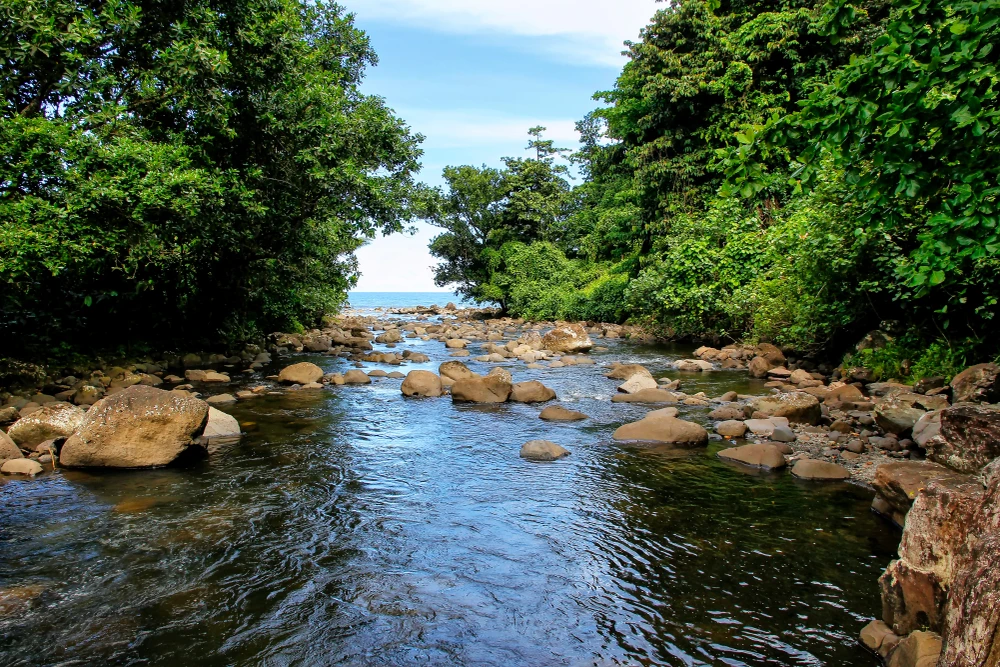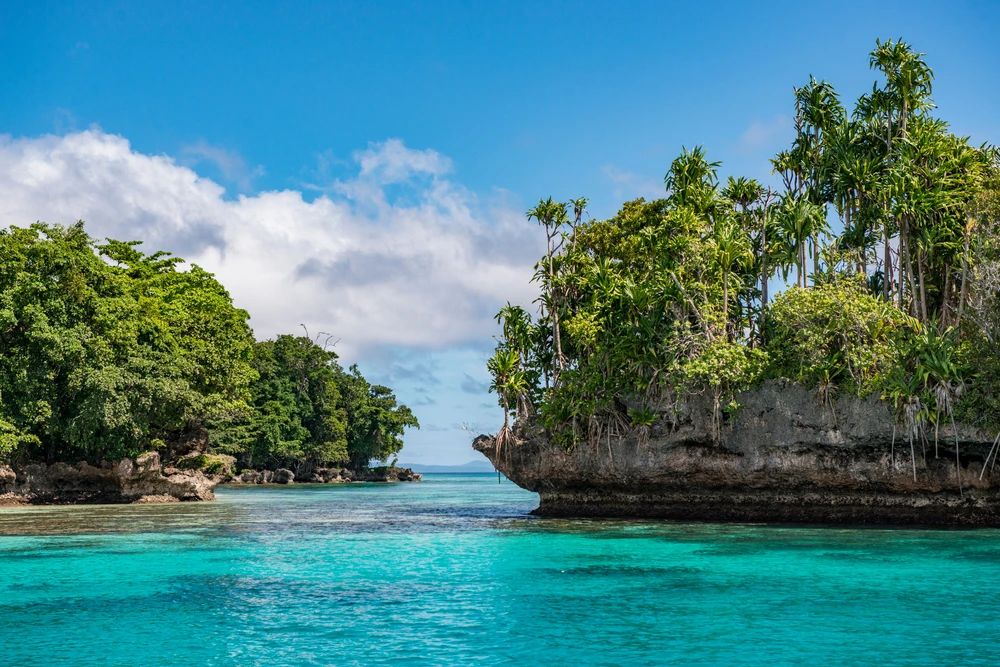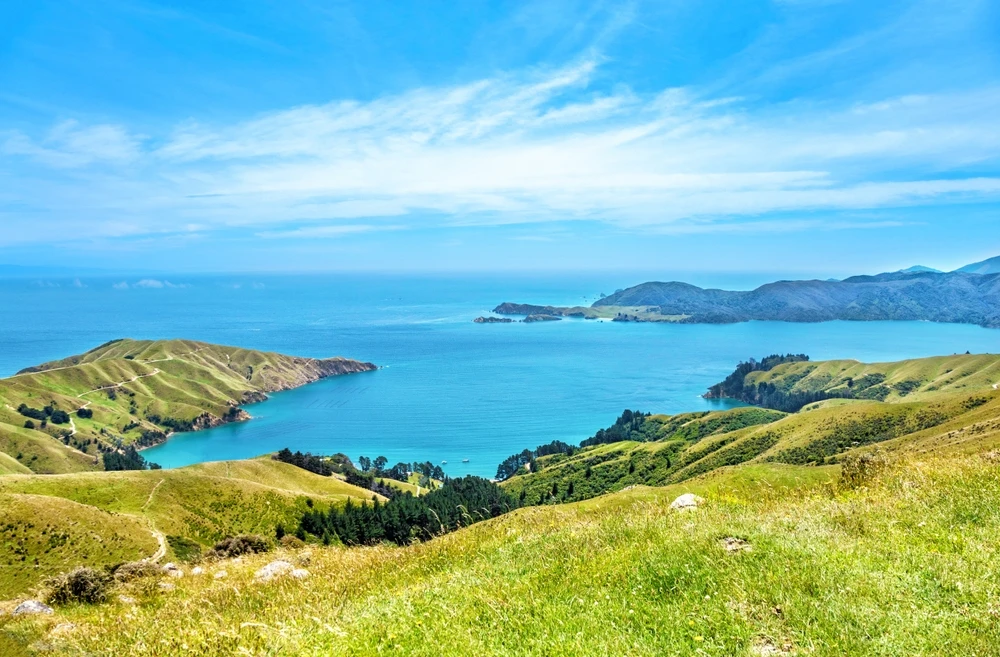Tapo-Caparo Overview
Tapo-Caparo National Park, known as Parque Nacional Tapo-Caparo in Spanish, is a vast protected area in western Venezuela, spanning approximately 5,000 square kilometers (1,931 square miles).
Located in the states of Táchira, Barinas, and Mérida, the park lies within the Andean and Llanos regions, offering a diverse landscape that ranges from cloud forests to river valleys and rolling grasslands. The park is home to the Tapo and Caparo river basins, which provide crucial water sources for the surrounding communities and ecosystems.
The terrain varies significantly, with high-altitude peaks giving way to subtropical forests, misty cloud cover, and lowland plains that support a rich variety of plant life. Towering trees, including species such as cedro and caoba, dominate the humid forests, while the grasslands are dotted with shrubs and scattered palms. The park also features deep ravines and waterfalls, which add to its breathtaking scenery.
The wildlife in Tapo-Caparo National Park is remarkable, showcasing an array of mammals, birds, and reptiles that are both endemic and widespread in Venezuela. Visitors may encounter jaguars, pumas, and ocelots roaming the dense forests, while tapirs and giant anteaters are more commonly seen foraging in the open spaces.
Several primate species, including howler monkeys and capuchins, swing through the treetops. The park is also a haven for birdwatchers, with its skies and trees home to species such as the harpy eagle, toucans, and the Andean cock-of-the-rock.
Many migratory birds pass through the area, making it an important refuge for avian diversity. The rivers and wetlands within the park provide essential habitats for caimans, turtles, and numerous amphibians, which thrive in the humid conditions.
Among the park’s most popular features are its scenic hiking trails that wind through dense forests and ascend to breathtaking viewpoints. Visitors are drawn to the crystal-clear waterfalls cascading from the mountain slopes, offering refreshing natural pools for those who venture deep into the park.
The vast river networks make the area ideal for eco-tourism activities such as river exploration, birdwatching, and wildlife photography. Due to its rugged terrain, the park is best experienced through guided treks, allowing visitors to immerse themselves in its diverse ecosystems while learning about its flora and fauna. Camping is also an option for those who want to experience the wilderness firsthand, though proper preparation is required given the park’s remote nature.
Conservation in Tapo-Caparo National Park presents challenges due to deforestation, illegal hunting, and agricultural expansion. Efforts to preserve the park’s ecosystems have been ongoing, with local conservation groups and governmental initiatives focusing on habitat protection and sustainable management.
Reforestation projects have been introduced in areas affected by deforestation, while stricter enforcement aims to combat illegal poaching of endangered species. The park’s role as a critical water source for the surrounding regions makes its preservation essential, leading to increased awareness campaigns and research efforts to monitor biodiversity.
Despite these challenges, the park remains a vital refuge for Venezuela’s wildlife and continues to offer visitors a pristine natural escape.


